Special Report
44 Most Exotic Animals People Keep as Pets

Published:
Last Updated:

Americans love their dogs and cats — they’re by far the most common pets in the U.S. Some prefer cold-blooded reptiles like snakes and turtles, and care for them just as tenderly. Others go for the exotic and unique. Have you ever considered having a four-eyed possum as a pet? How about a little rodent that goes by the name of degu?
24/7 Wall St. identified 44 particularly exotic animals that people actually own as pets. We reviewed news, pet expertise websites and other internet sources to compile our list. Not one of these animals is native to the United States, but some may be imported as pets.
It’s important to note that not all of these foreign creatures are allowed to be kept as pets in every state, and some are illegal everywhere in the U.S. For example, the fennec fox, which is native to northern Africa, is one of the fox species most commonly owned as a pet in the U.S. But as of 2014, Minnesota, Missouri, Nevada, and Washington have banned possession of fennec foxes. Another handful of states — Florida, Indiana, Illinois, Michigan, and Texas — require a permit or health certificate to have a fennec fox as a pet.
Some of these exotic animals are rarely kept as pets, but they can be, if desired. The zorilla, or striped polecat, for example, has gained the reputation as one of the smelliest animals on earth, and for that reason is not a popular pet. Its North American cousin the skunk is more likely to be welcomed into the household as a pet, if that is an indication of anything.
Click here to see the most exotic animals people keep as pets.
24/7 Wall St. identified 44 exotic animals that people own as pets by looking at sources, namely news site Words I Seek and pet expertise website Pethelpful. Not one of these animals is native to the United States, but some may be imported as pets.

1. African Jungle cat
> Natural habitat: Africa
[in-text-ad]
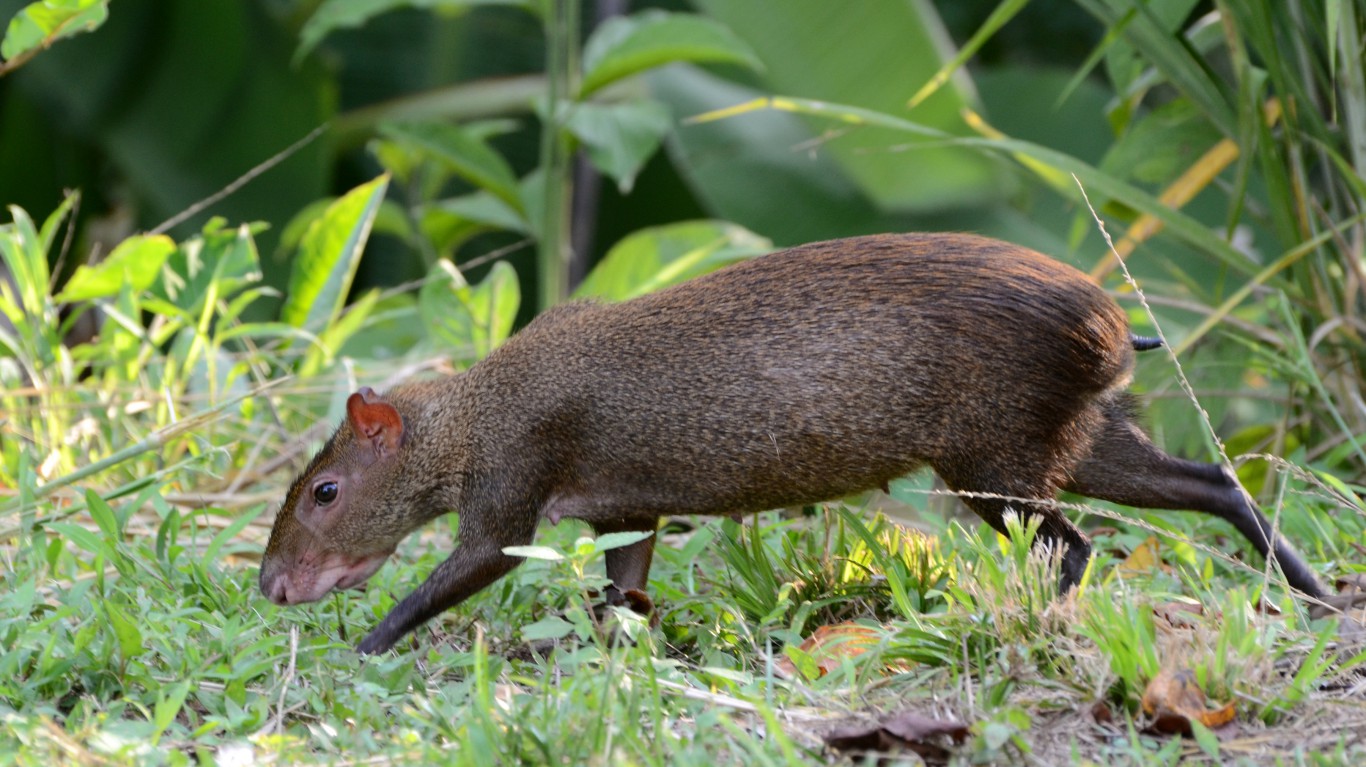
2. Agouti
> Natural habitat: Central/South America
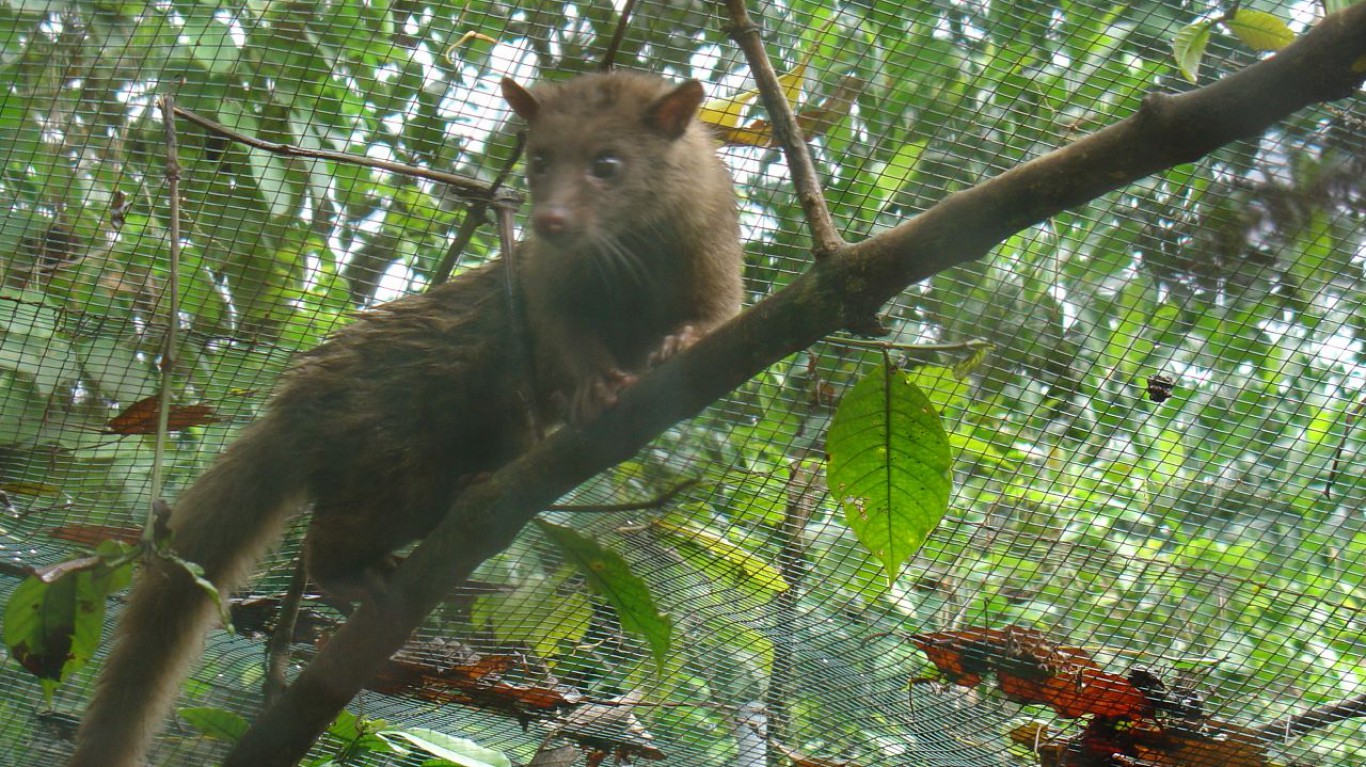
3. Asian palm civet
> Natural habitat: Asia
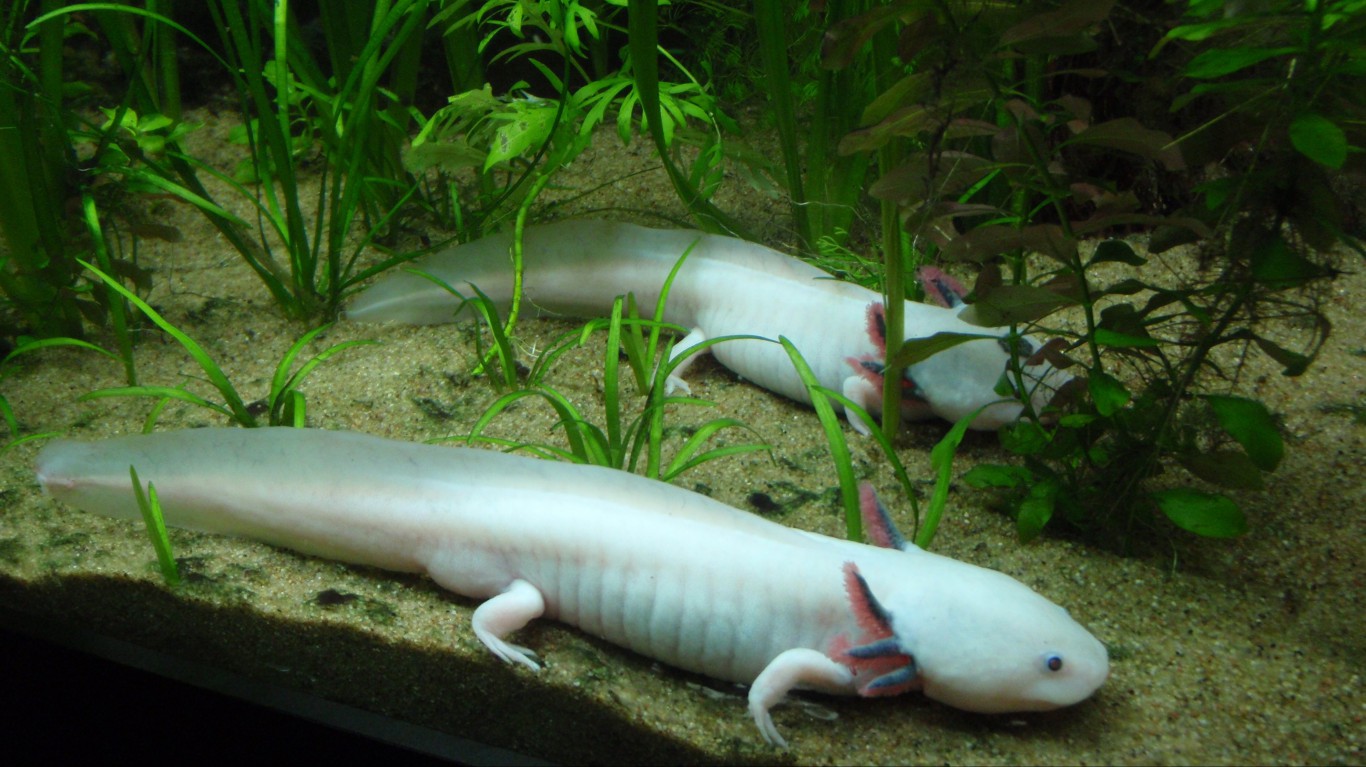
4. Axolotl
> Natural habitat: Mexico
[in-text-ad-2]
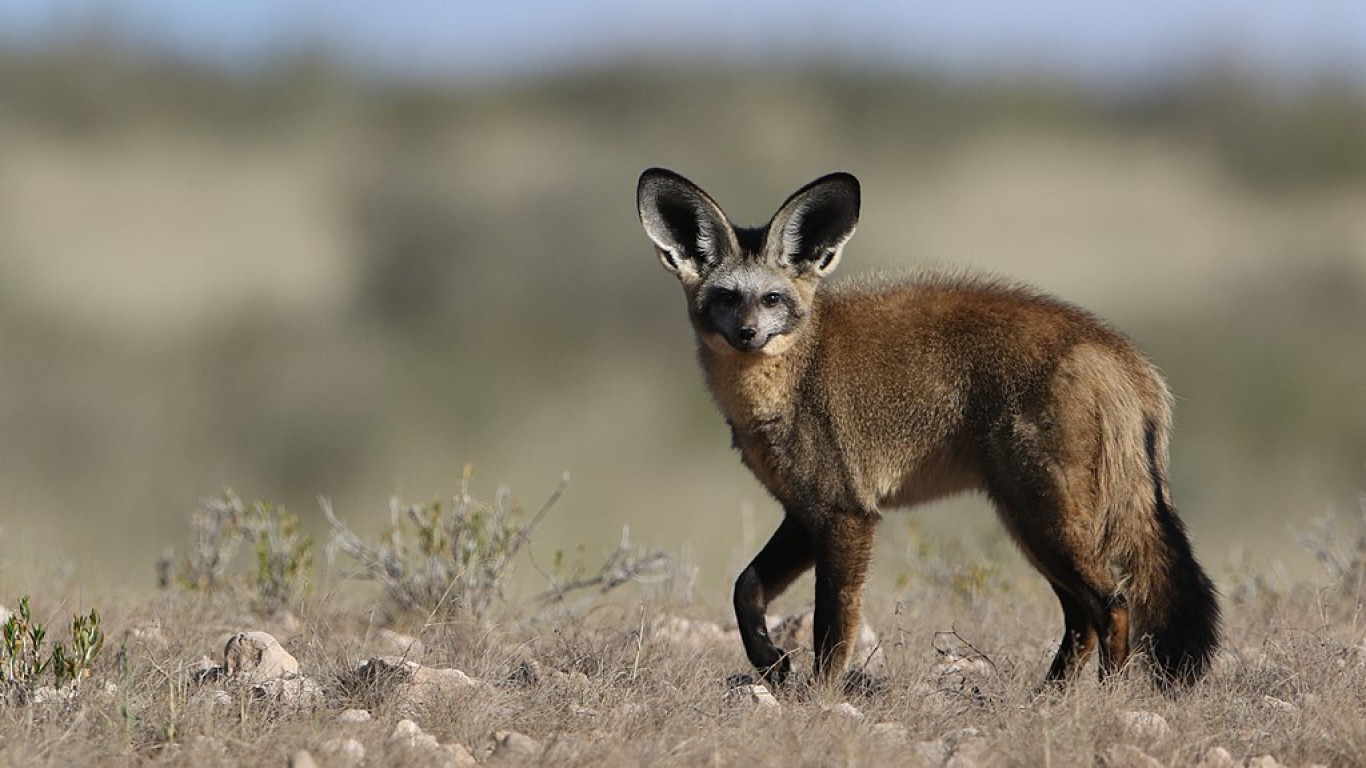
5. Bat-eared fox
> Natural habitat: Africa
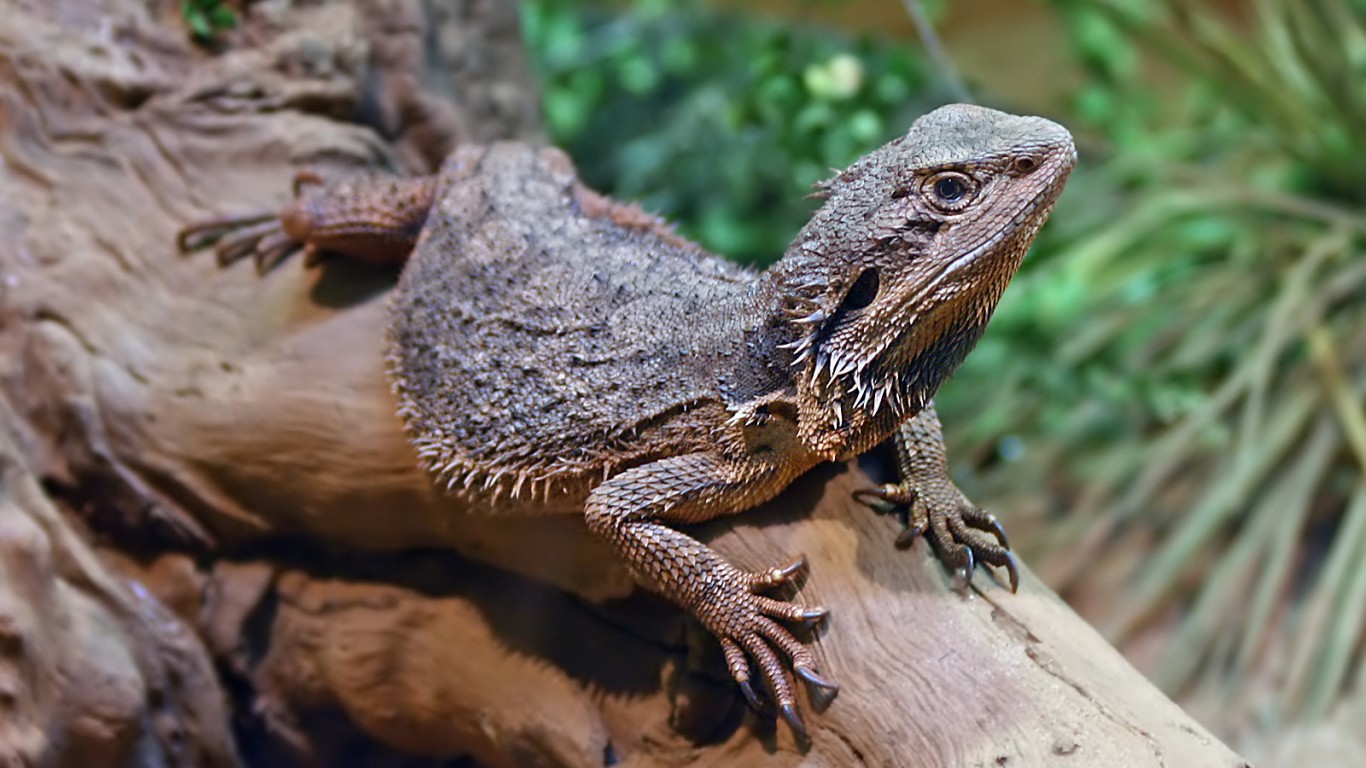
6. Bearded Dragon Lizard
> Natural habitat: Australia
[in-text-ad]
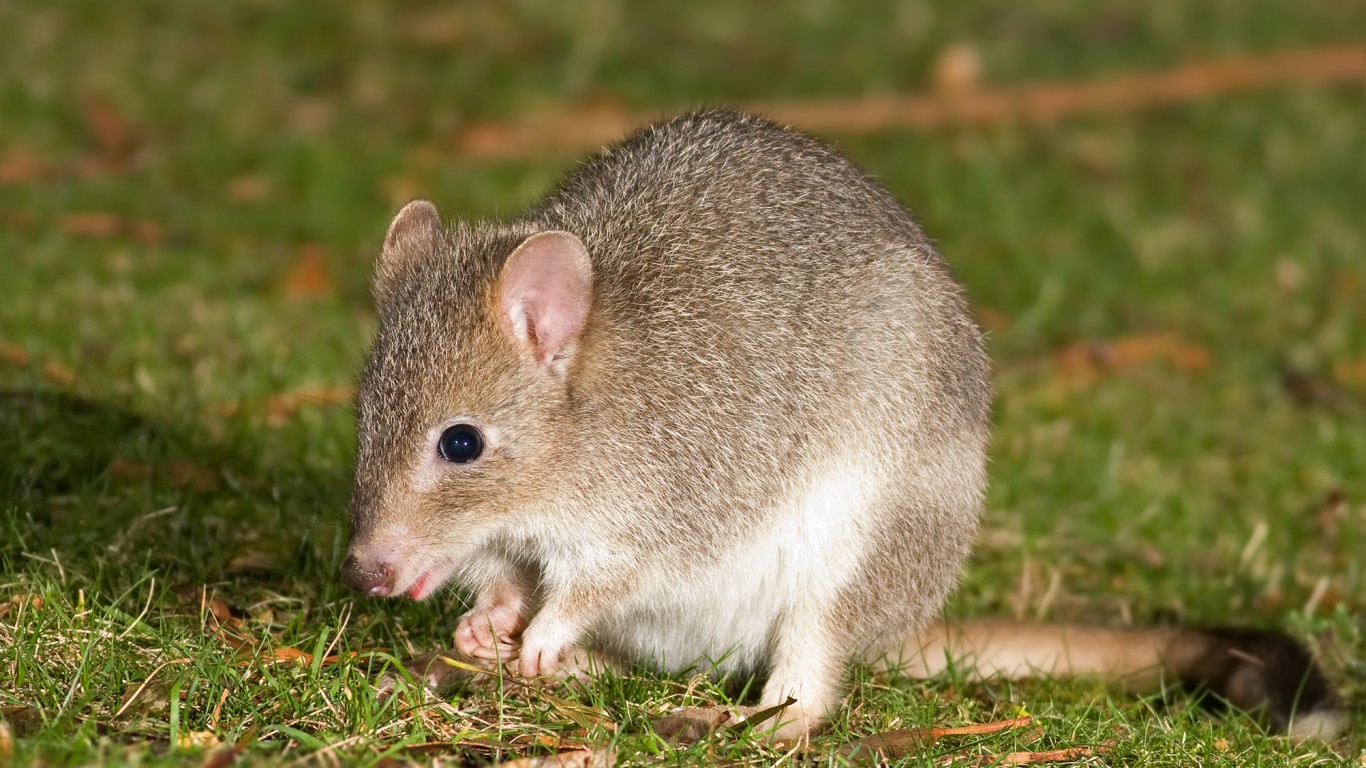
7. Bettong
> Natural habitat: Australia
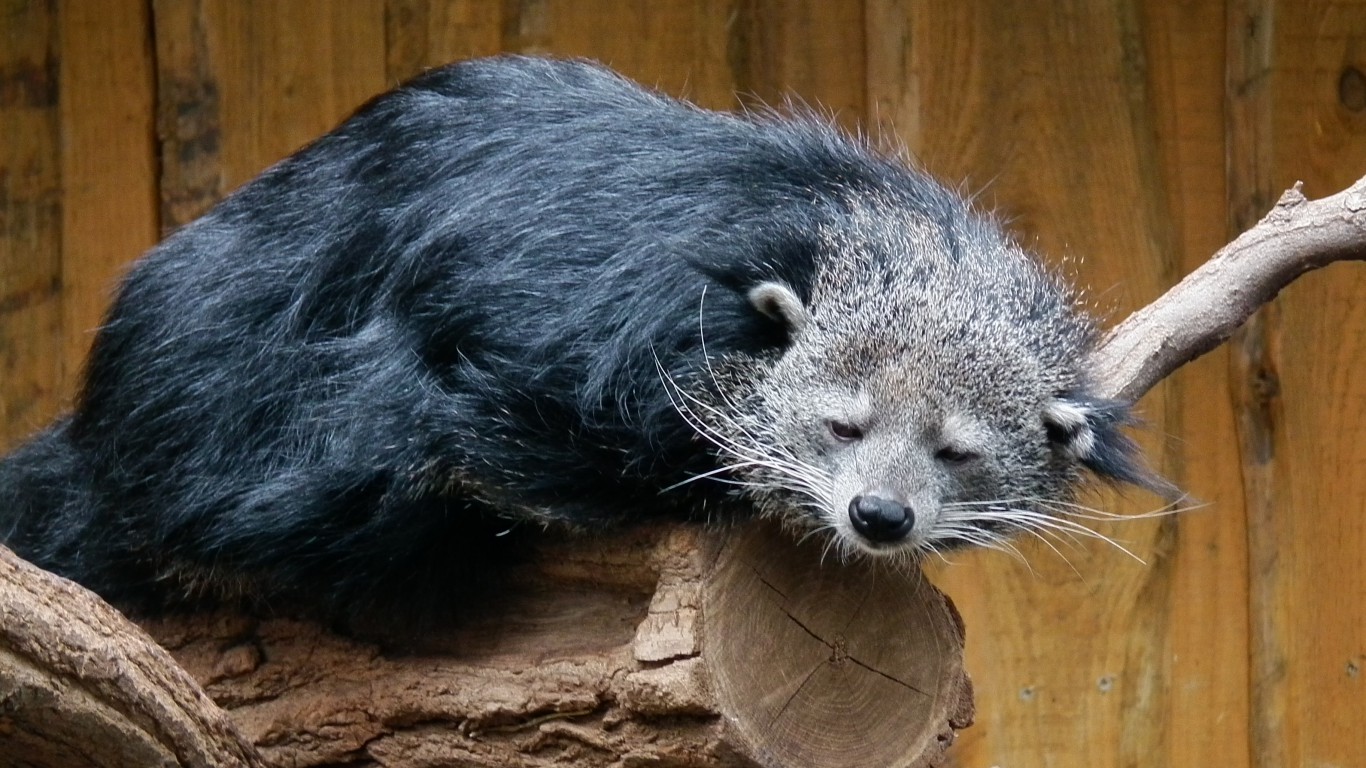
8. Binturong
> Natural habitat: Southeast Asia

9. Bush Baby
> Natural habitat: Africa
[in-text-ad-2]
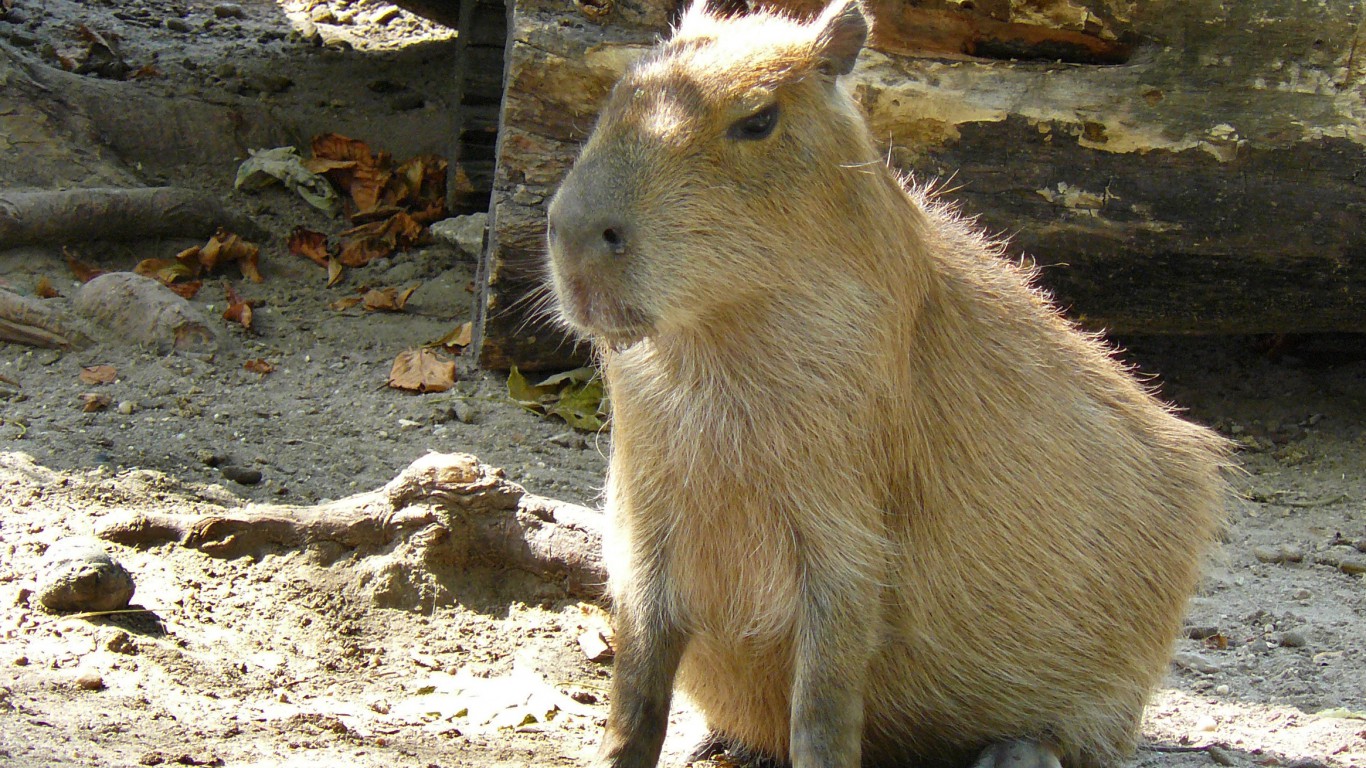
10. Capybara
> Natural habitat: Japan
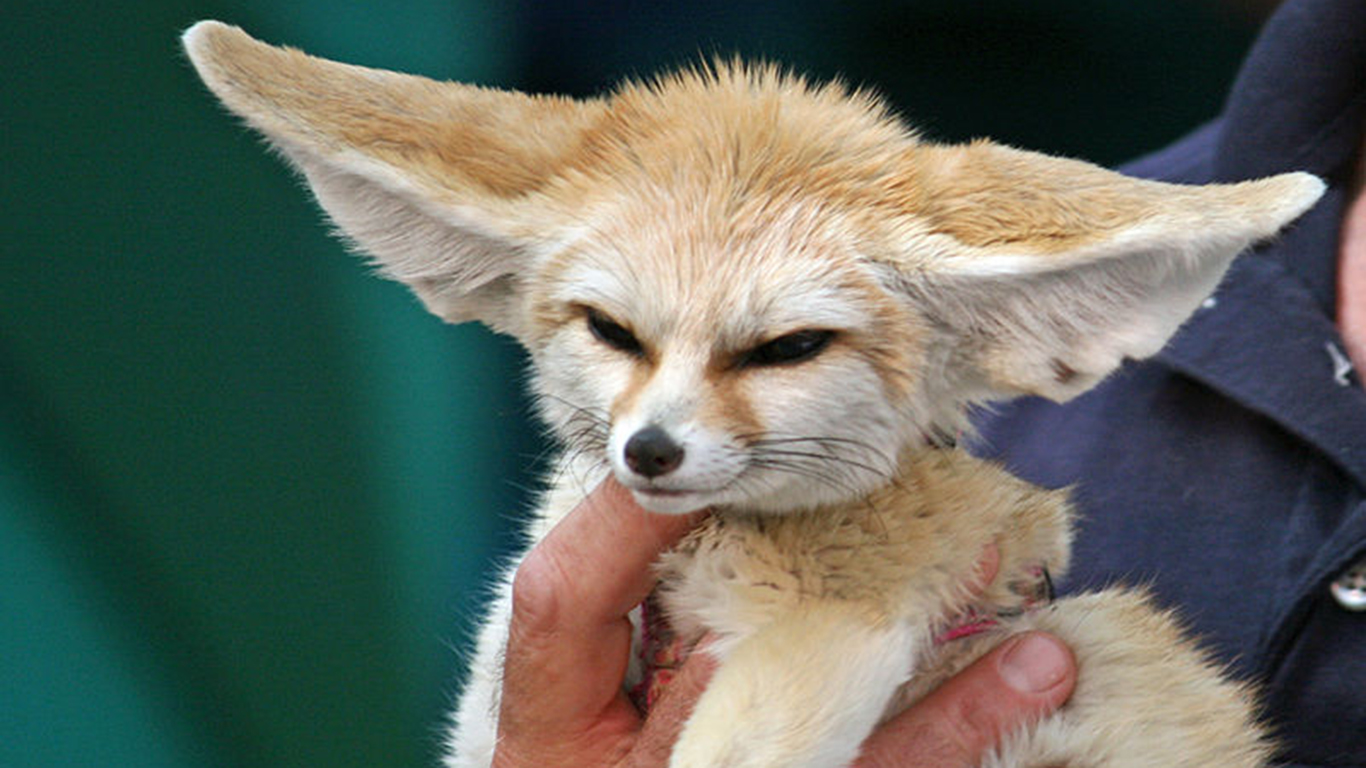
11. Chanterelle Fennec
> Natural habitat: Africa
[in-text-ad]
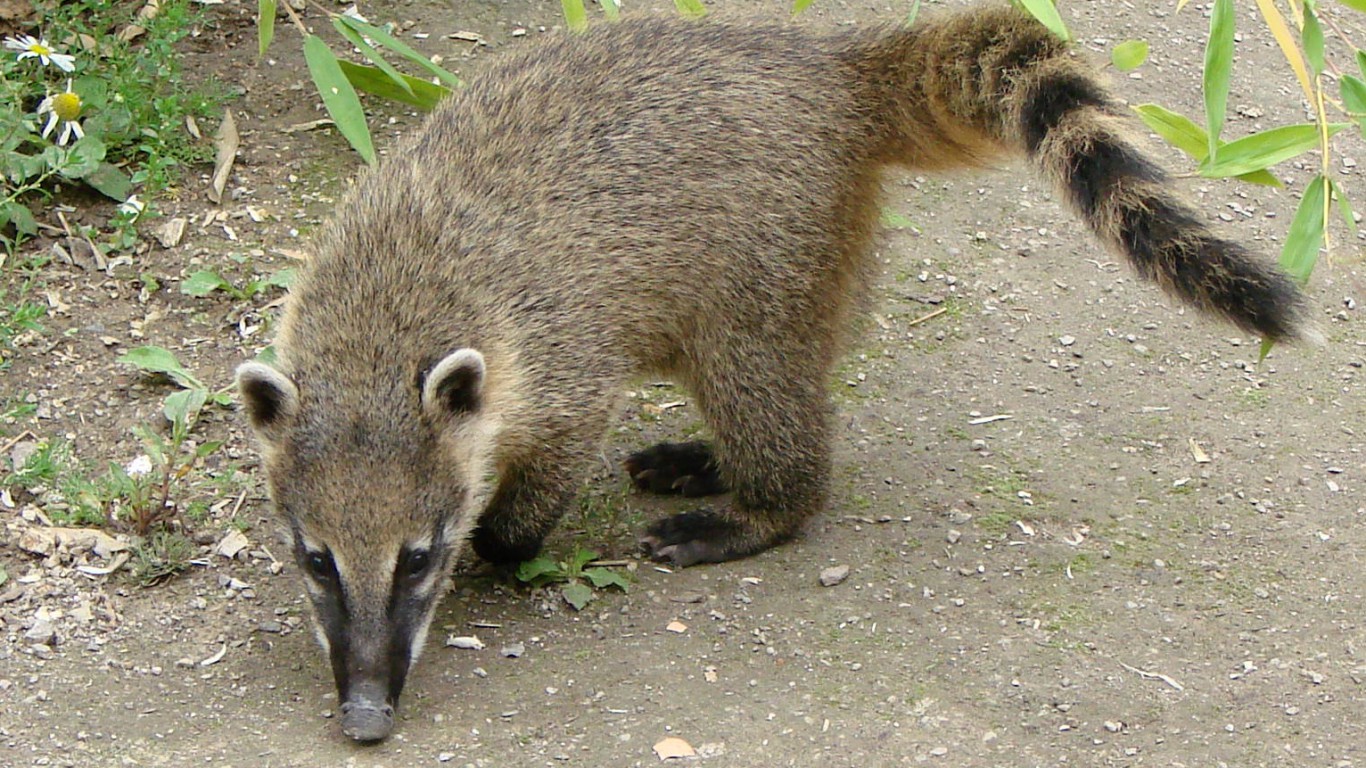
12. Coatimundi
> Natural habitat: South America
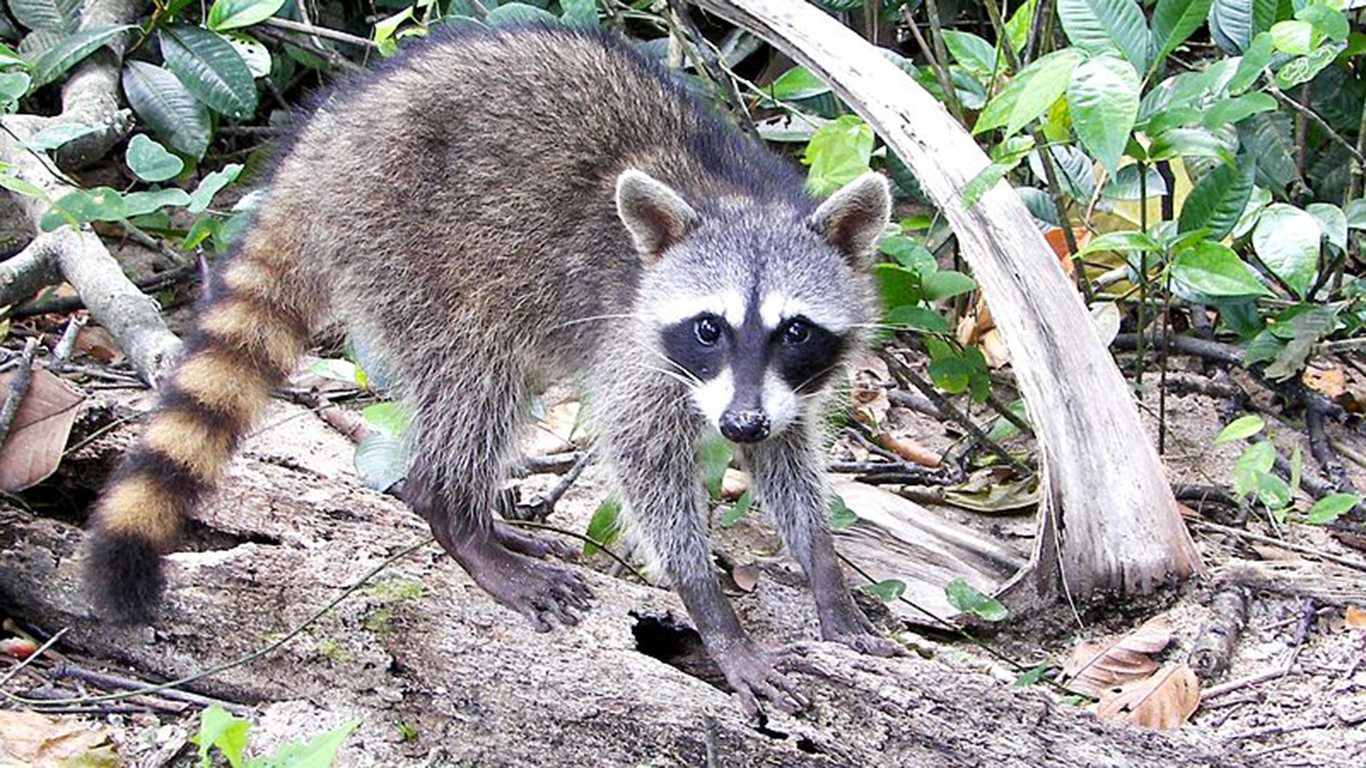
13. Crab-eating raccoon
> Natural habitat: Central/South America
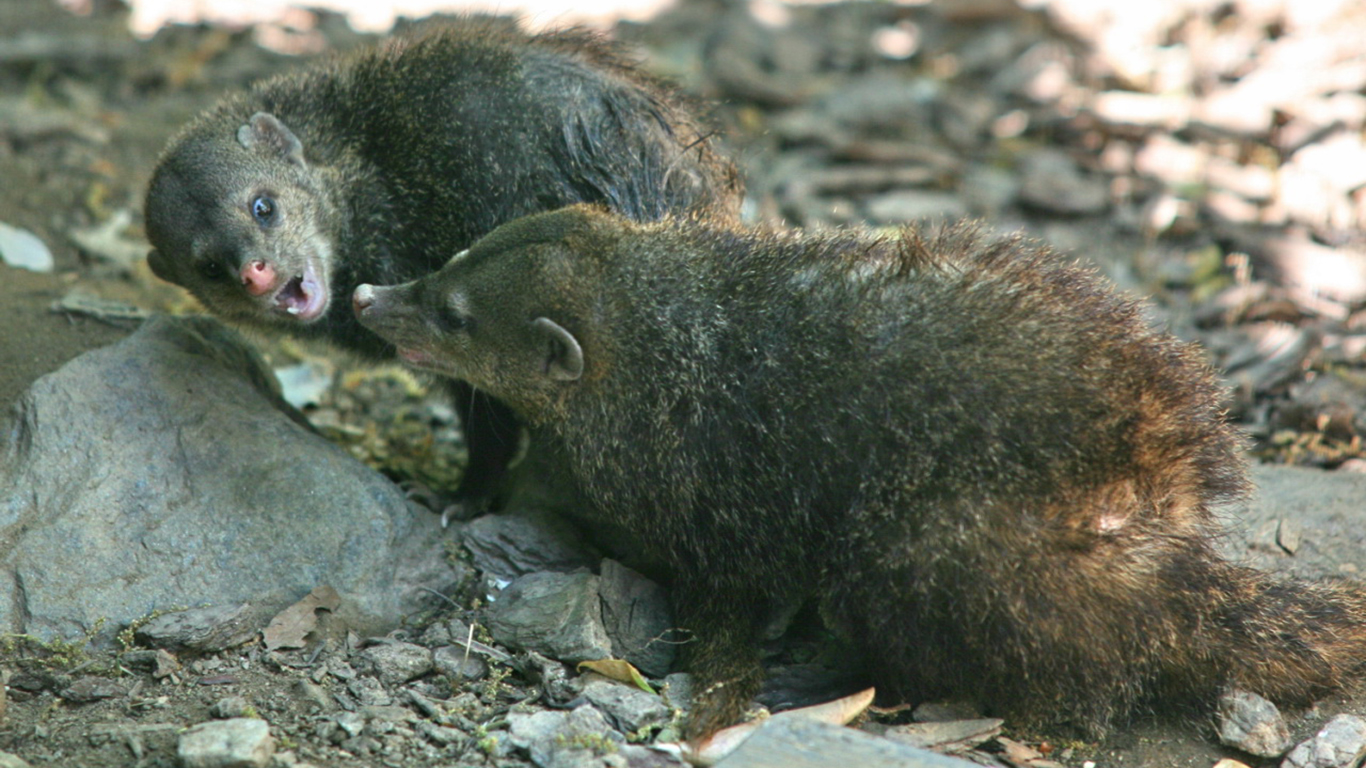
14. Cusimanse
> Natural habitat: Africa
[in-text-ad-2]
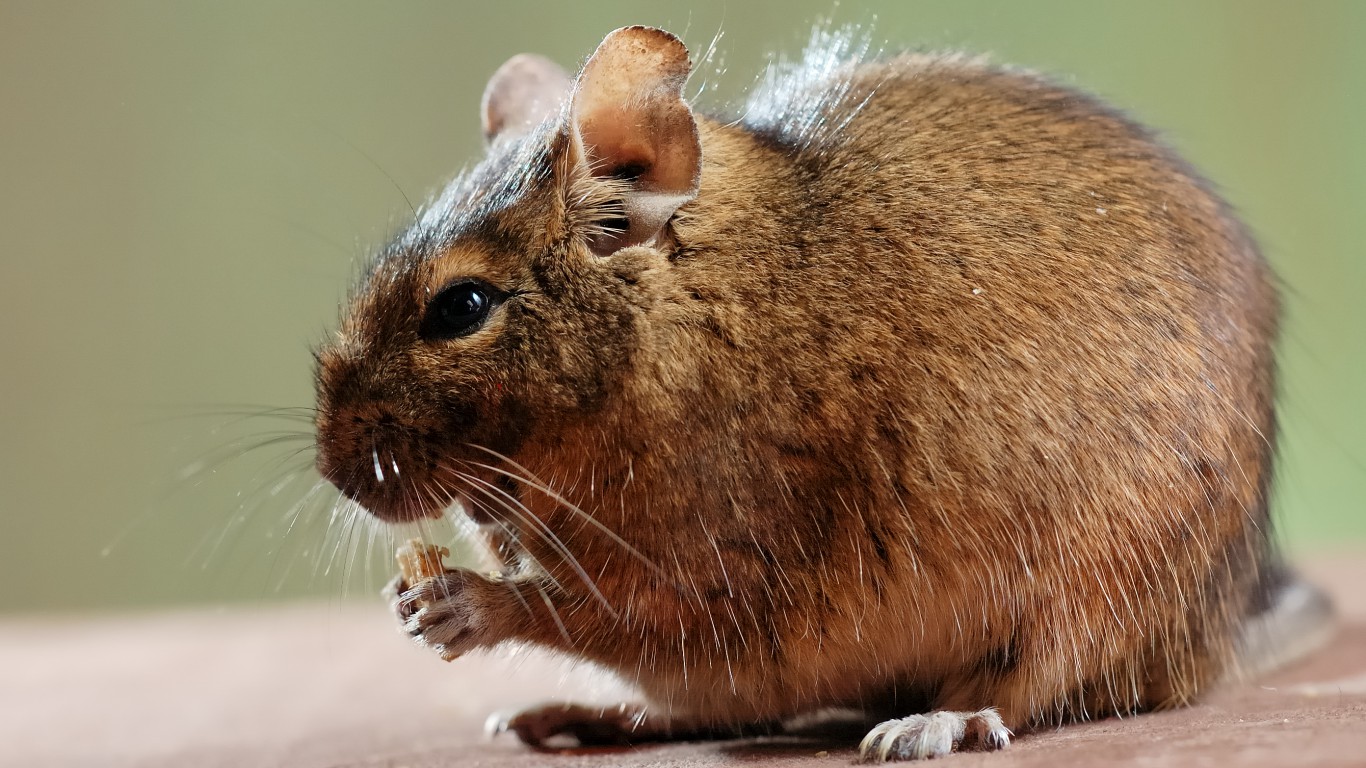
15. Degu
> Natural habitat: Chile
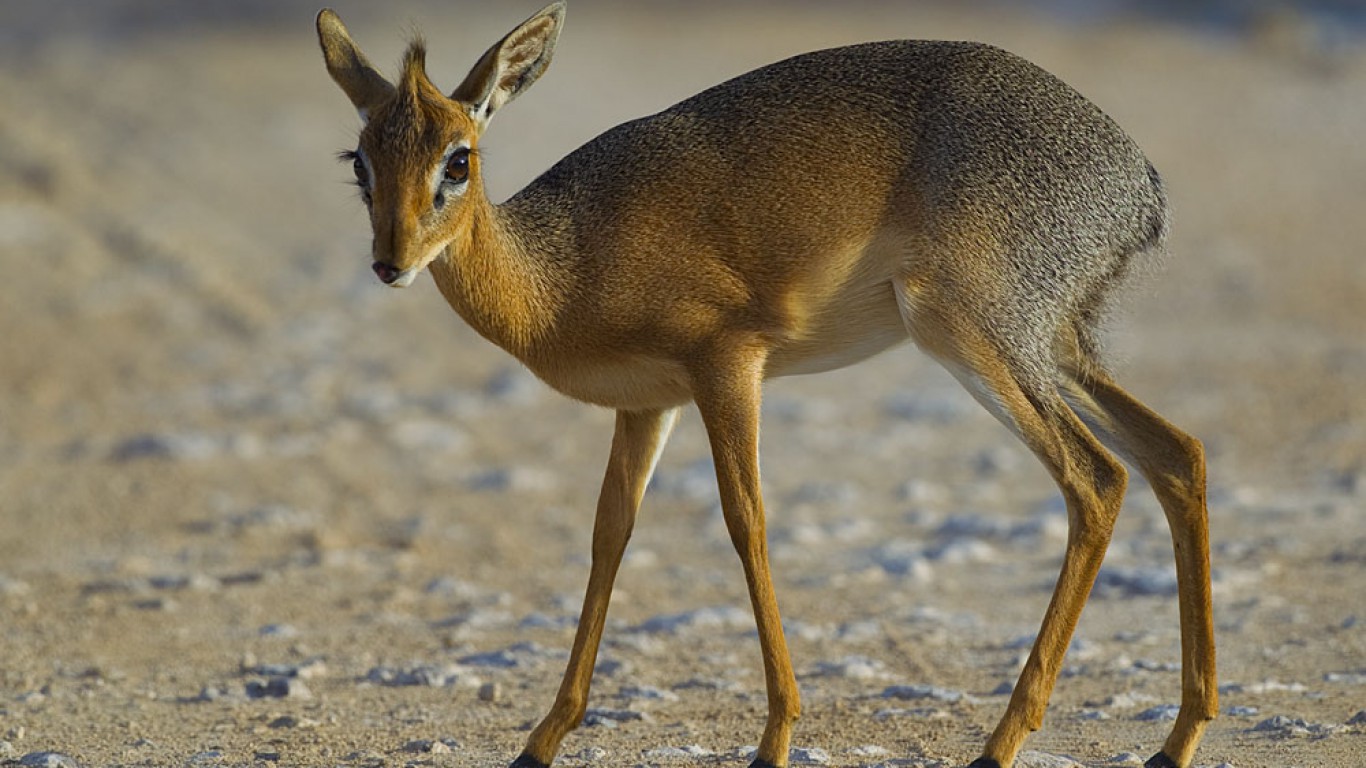
16. Dik-dik
> Natural habitat: Africa
[in-text-ad]

17. Piranha
> Natural habitat: South America
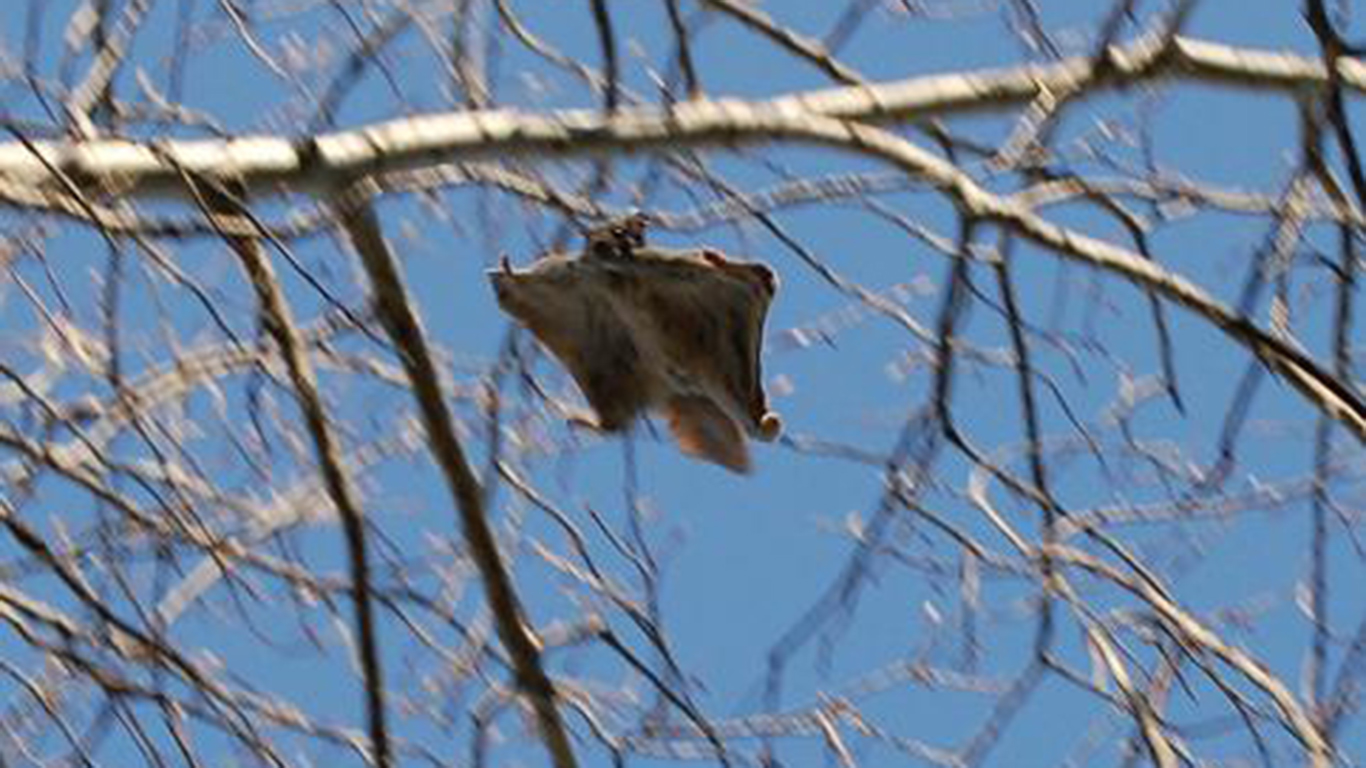
18. Flying Squirrel
> Natural habitat: Mexico, Central America, India, Africa, Southeast Asia
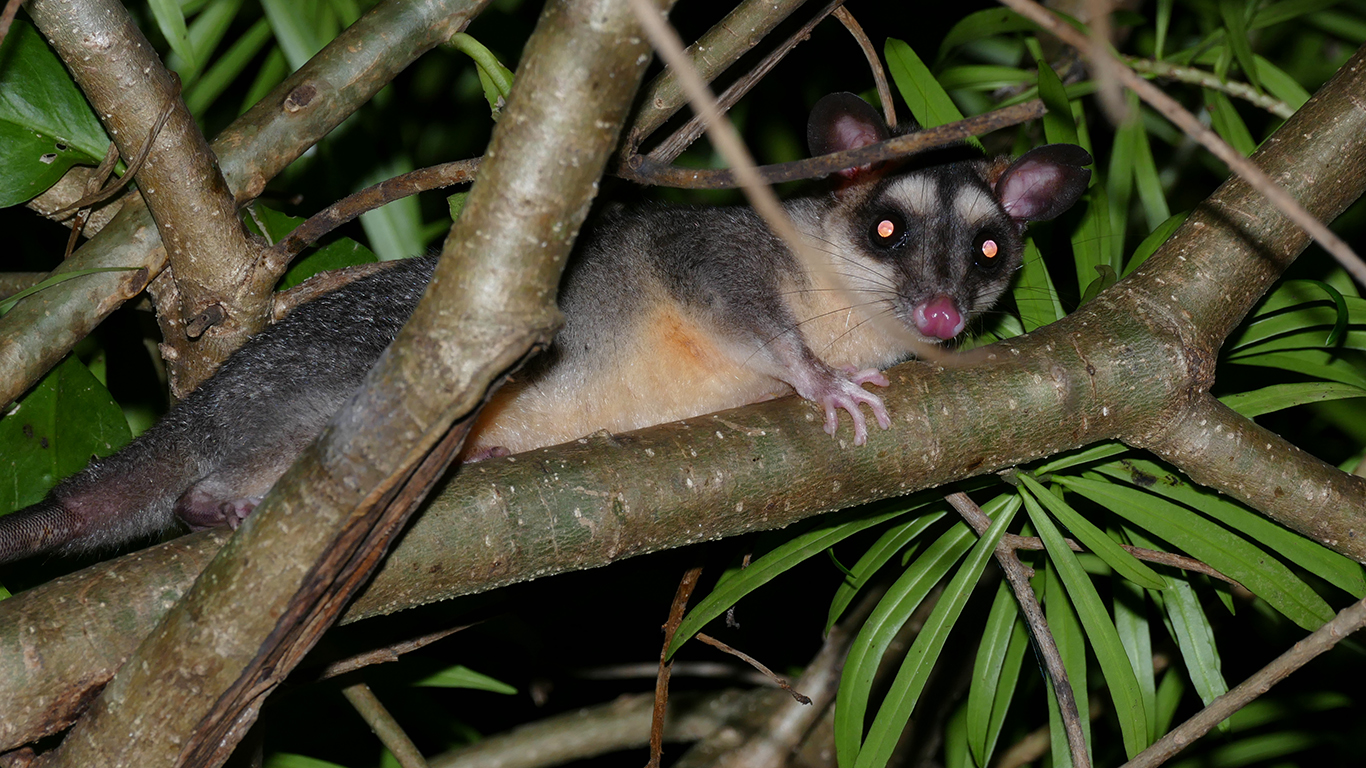
19. Four-eyed opossum
> Natural habitat: Mexico, Central/South America
[in-text-ad-2]
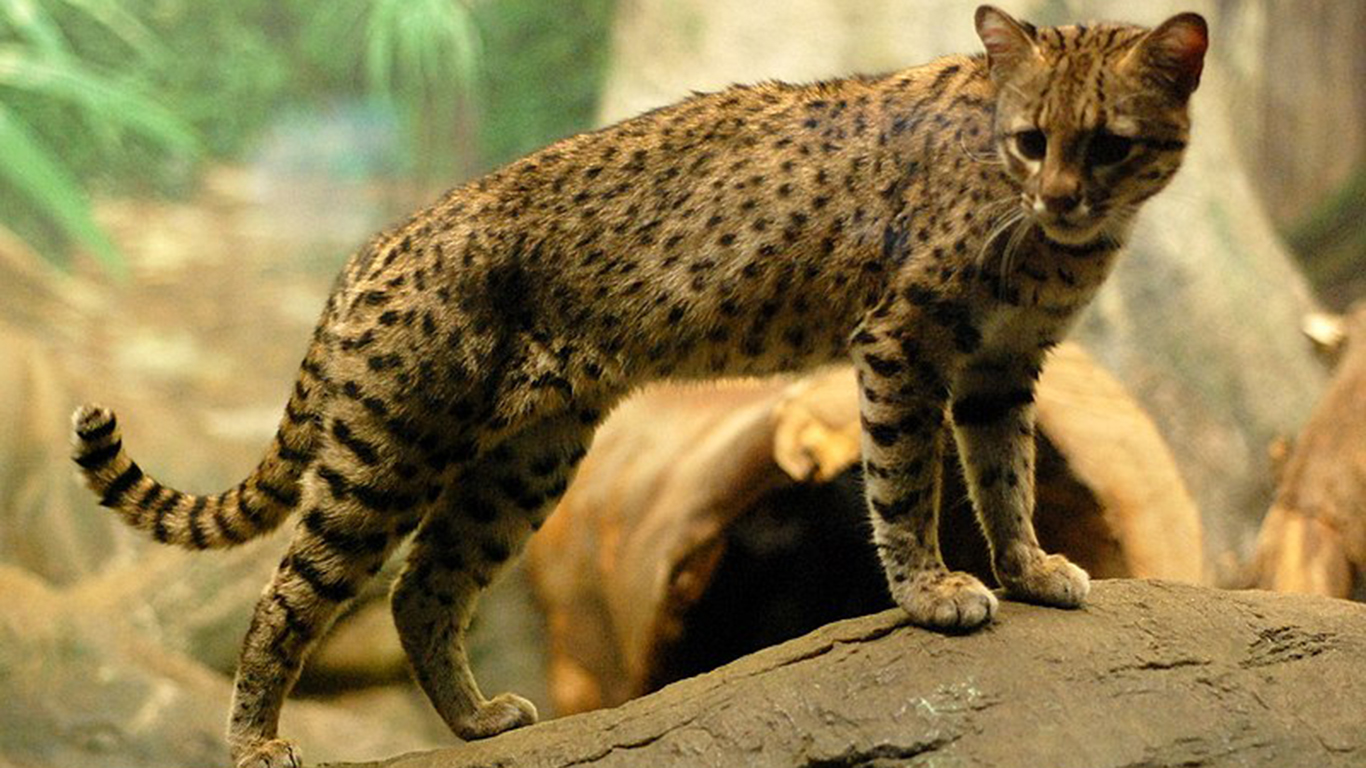
20. Geoffroy’s cat
> Natural habitat: South America
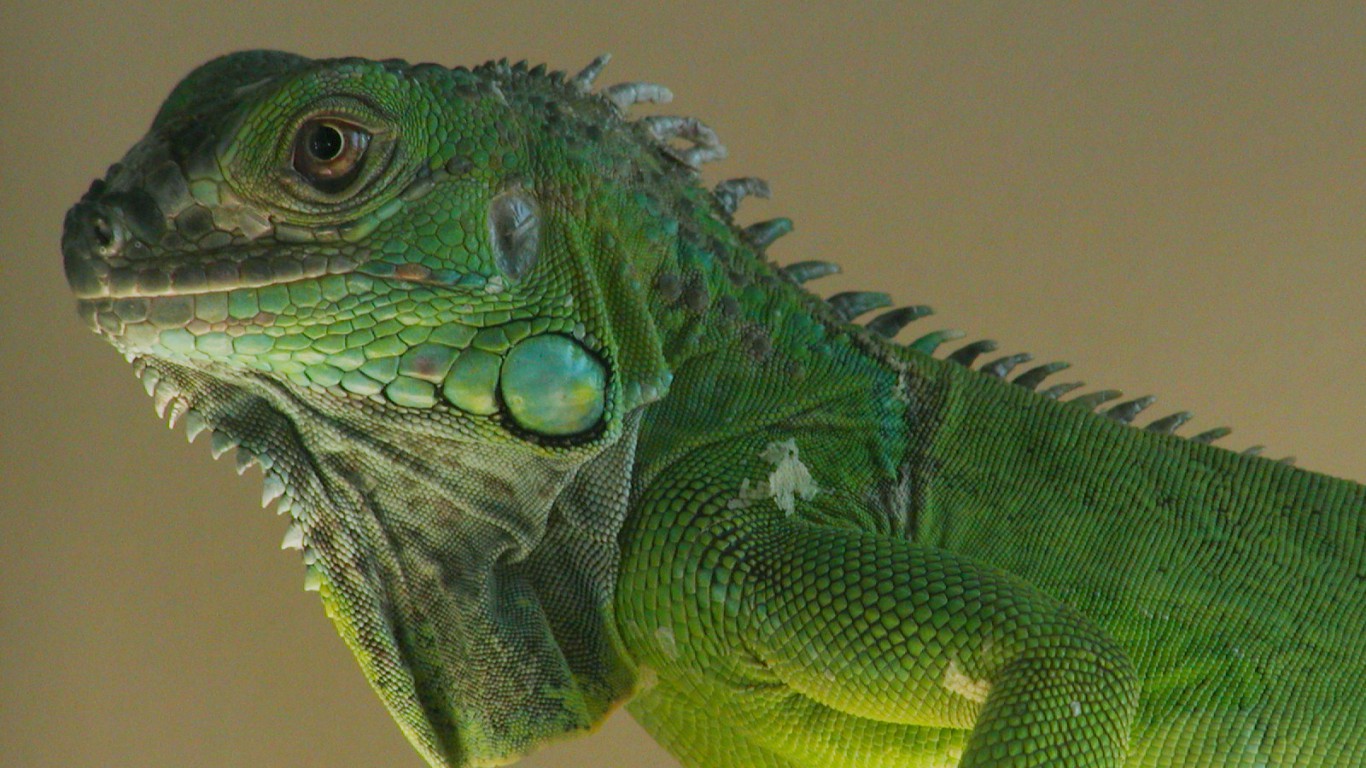
21. Green iguana
> Natural habitat: Mexico, Central America, Caribbean Islands, southern Brazil
[in-text-ad]
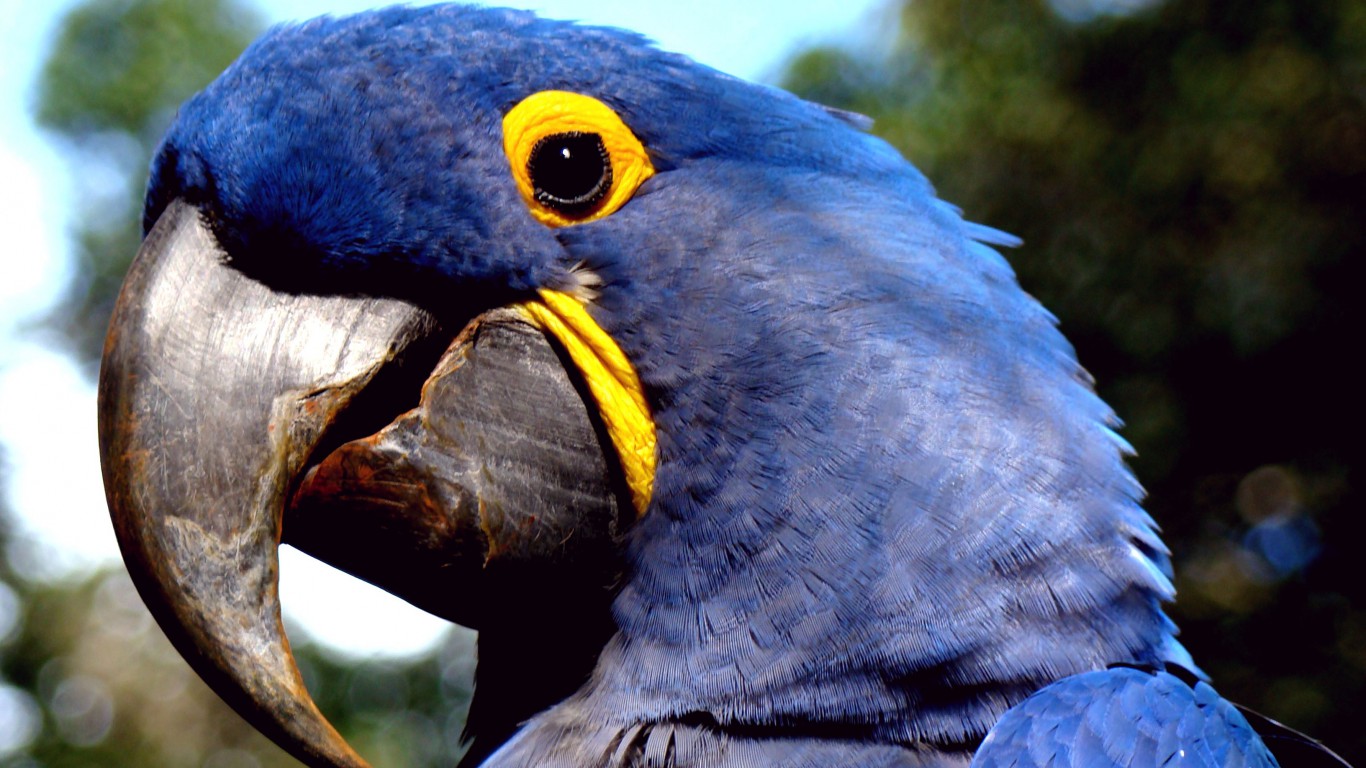
22. Hyacinth Macaw
> Natural habitat: South America
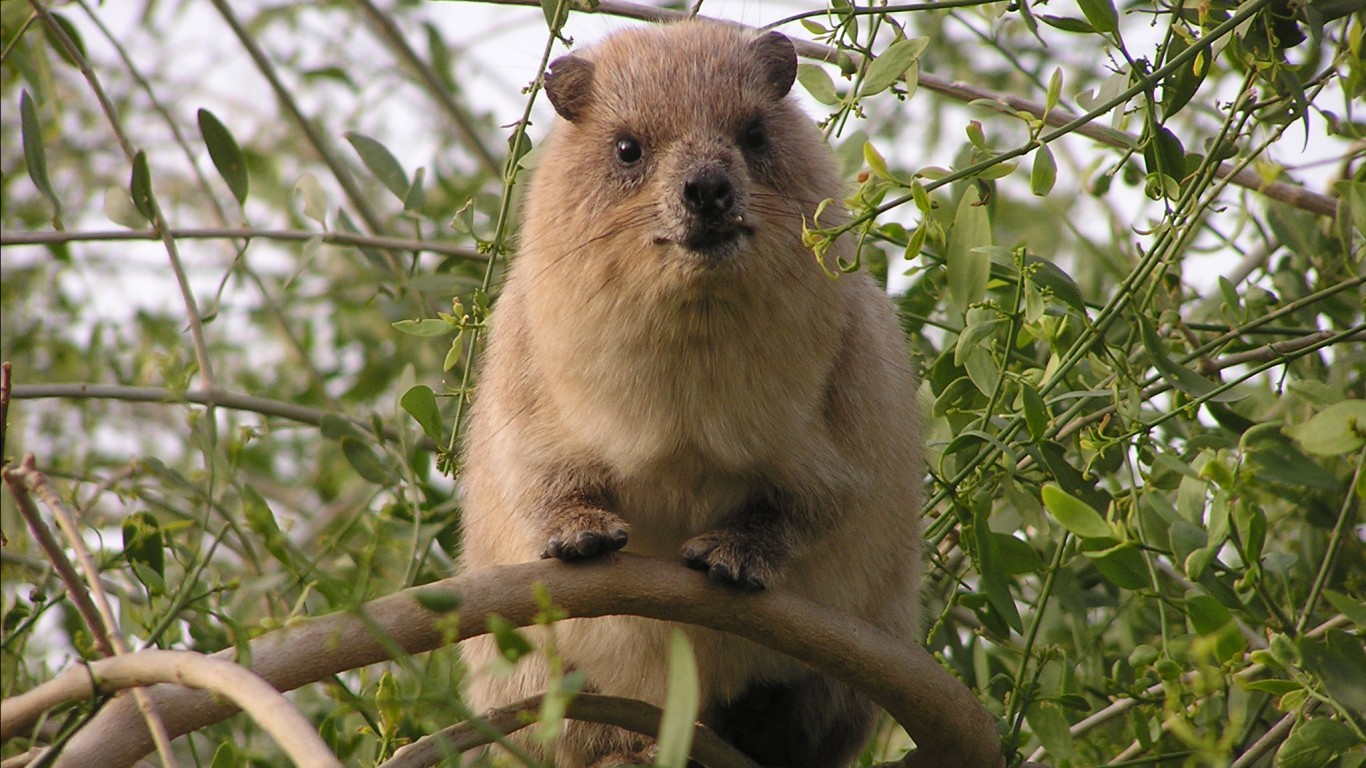
23. Hyrax
> Natural habitat: Africa
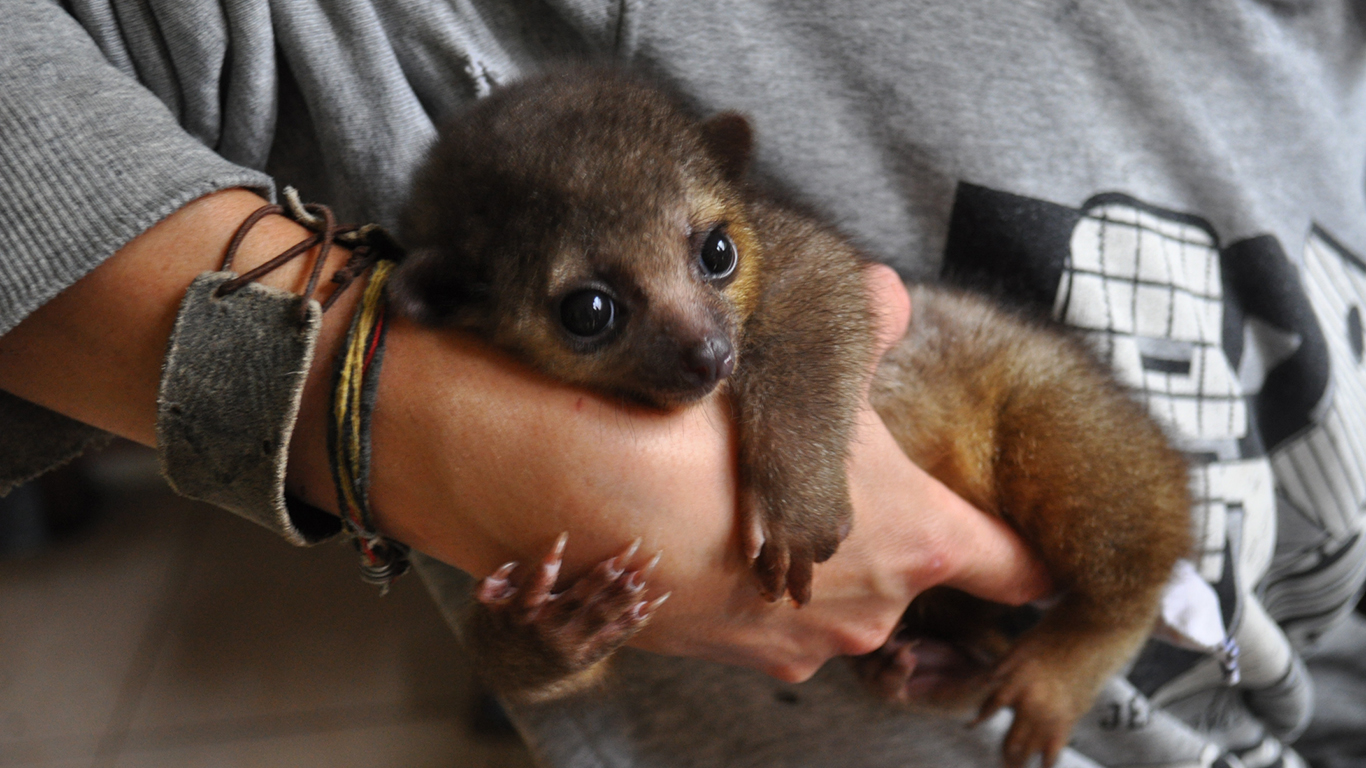
24. Kinkajou (Flower Bear)
> Natural habitat: Central and South America
[in-text-ad-2]
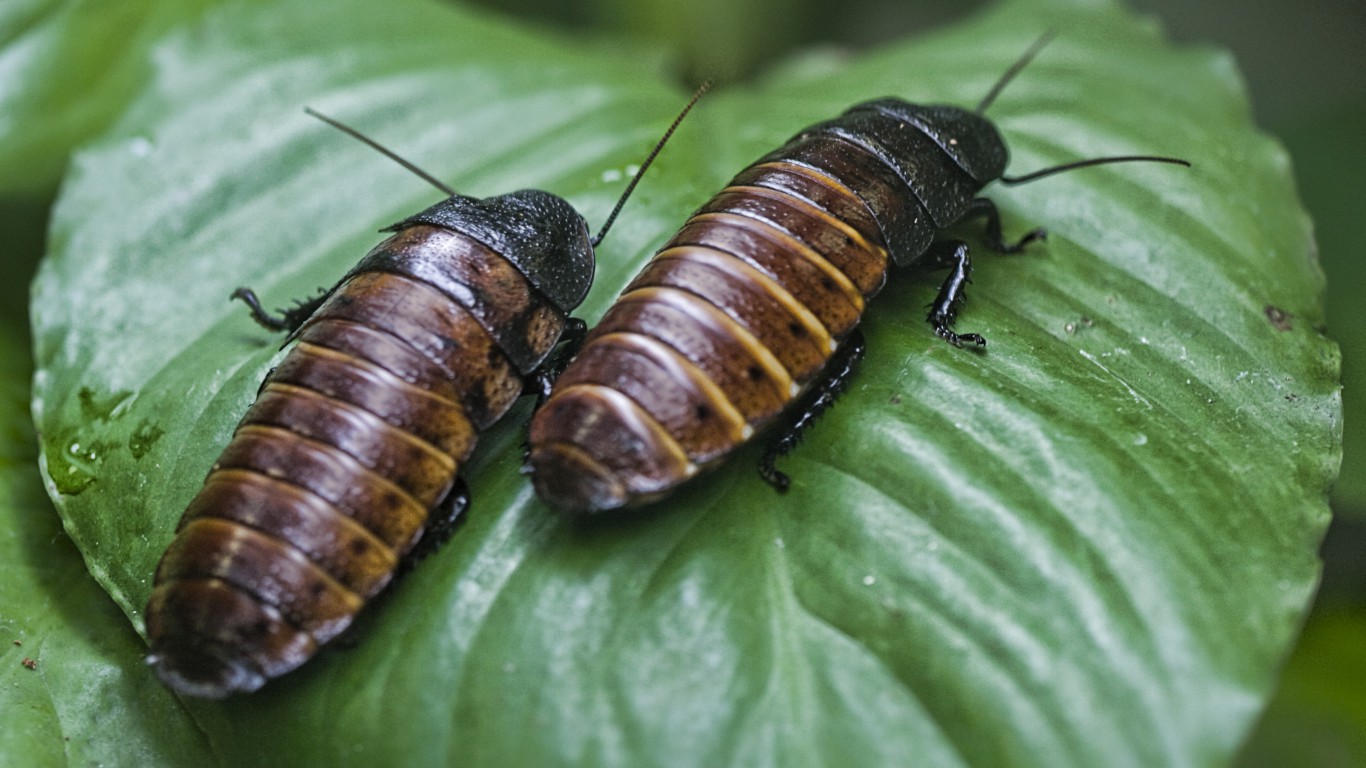
25. Madagascar Hissing Cockroach
> Natural habitat: Madagascar

26. Marbled polecat
> Natural habitat: Southeast Europe, the Middle East, and Asia
[in-text-ad]
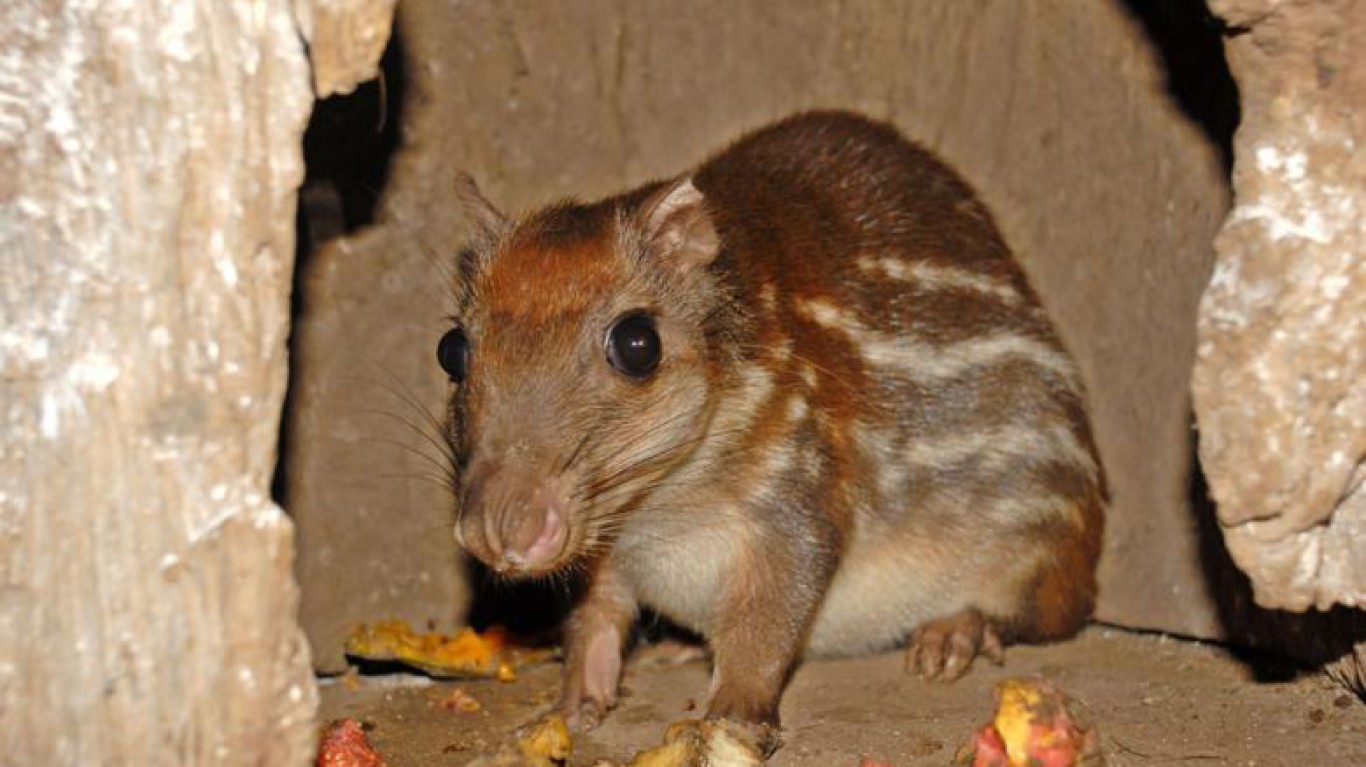
27. Paca
> Natural habitat: Mexico, Paraguay,Argentina, and Uruguay
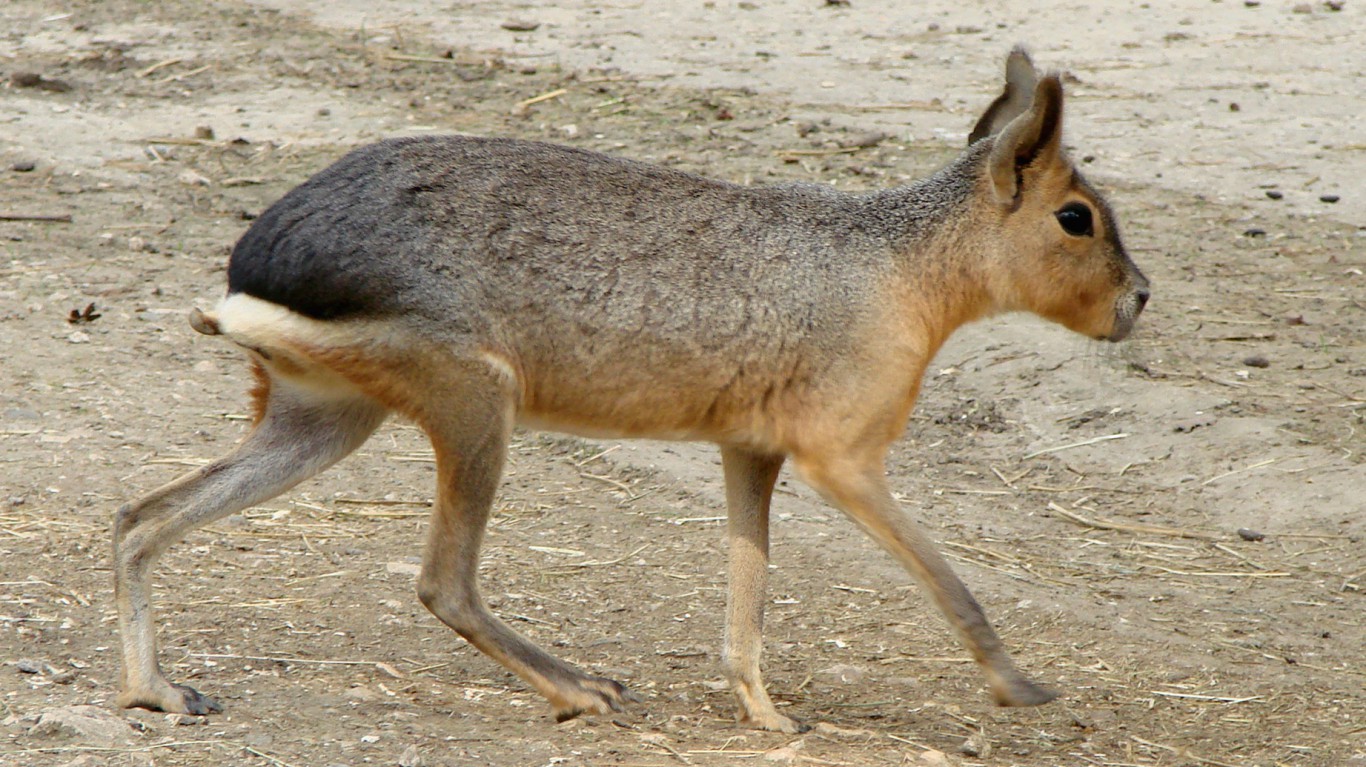
28. Patagonian Mara
> Natural habitat: Argentina
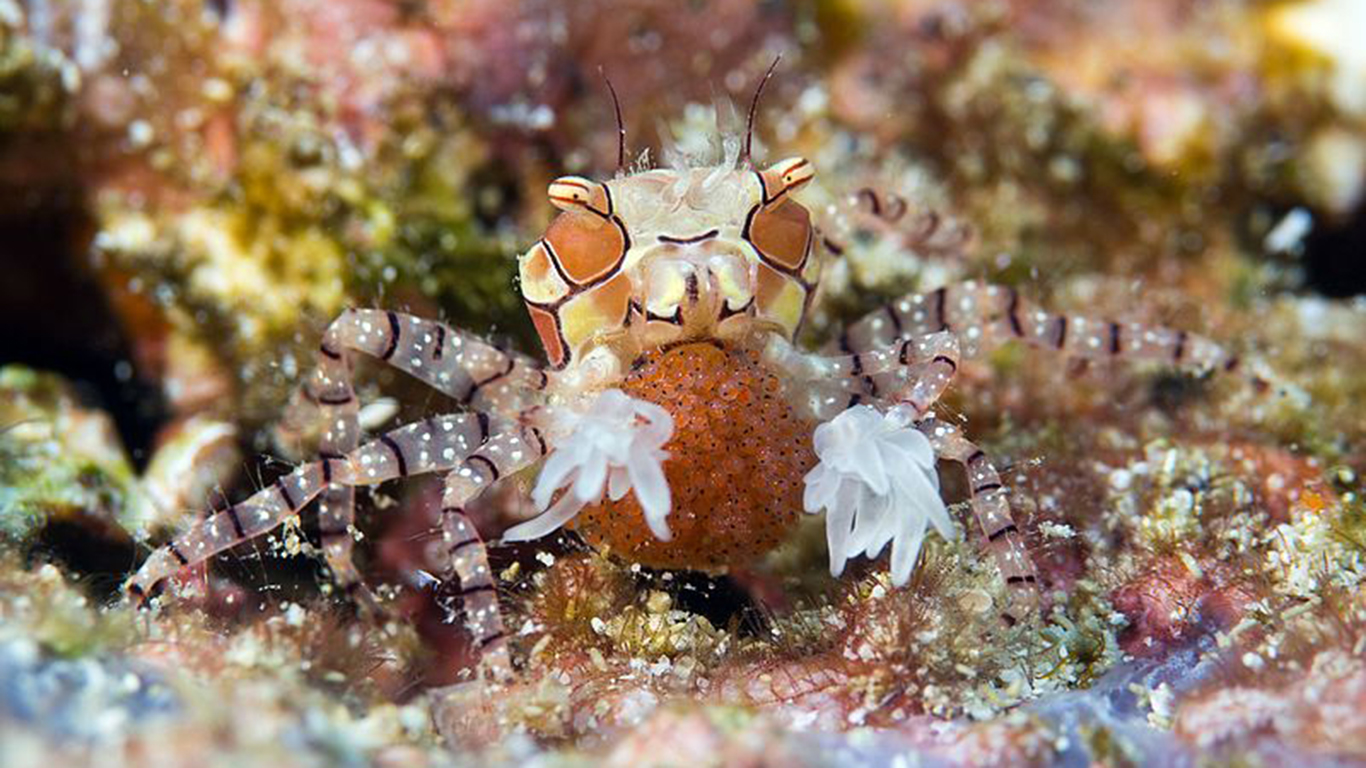
29. Pom pom anemone crab
> Natural habitat: Hawaii and Indonesia
[in-text-ad-2]
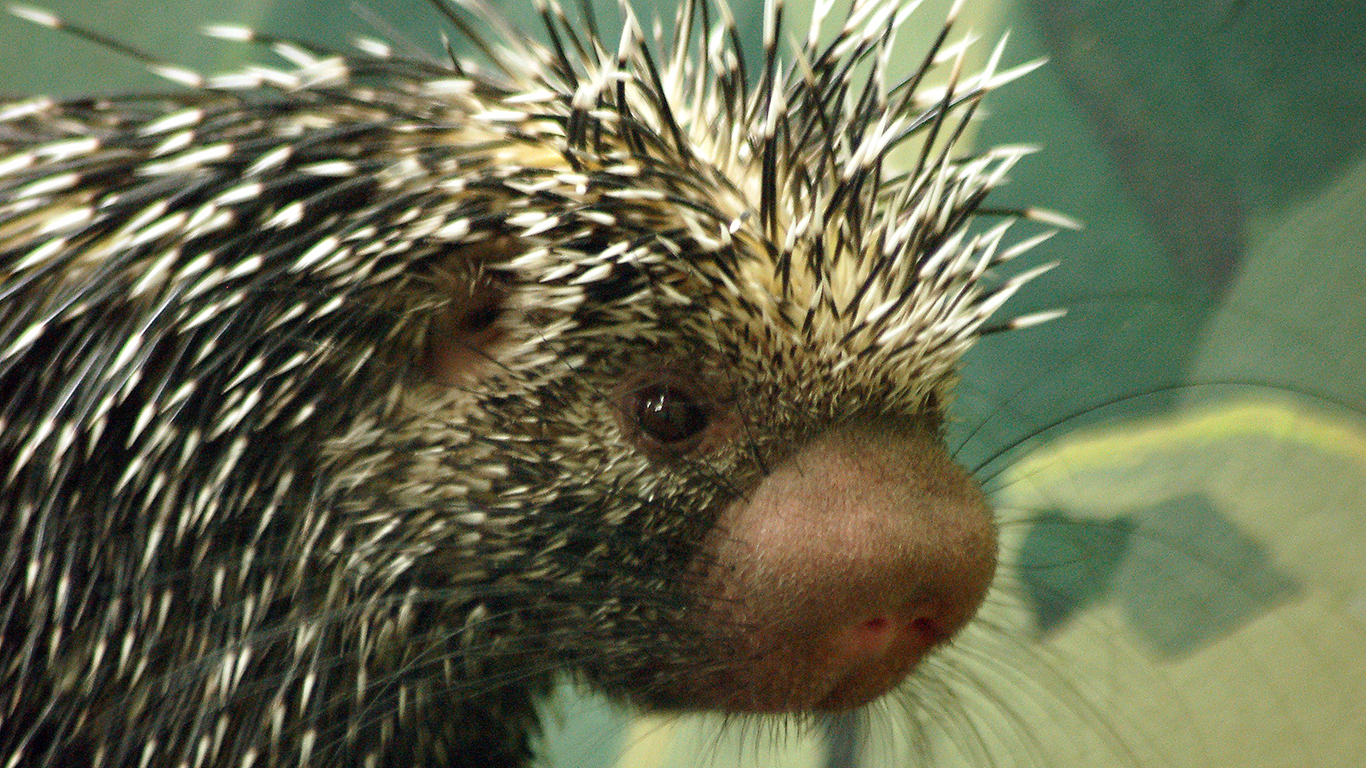
30. Prehensile-tailed Porcupine
> Natural habitat: Venezuela, Guiana, Brazil, Bolivia, Paraguay, Trinidad, and Argentina
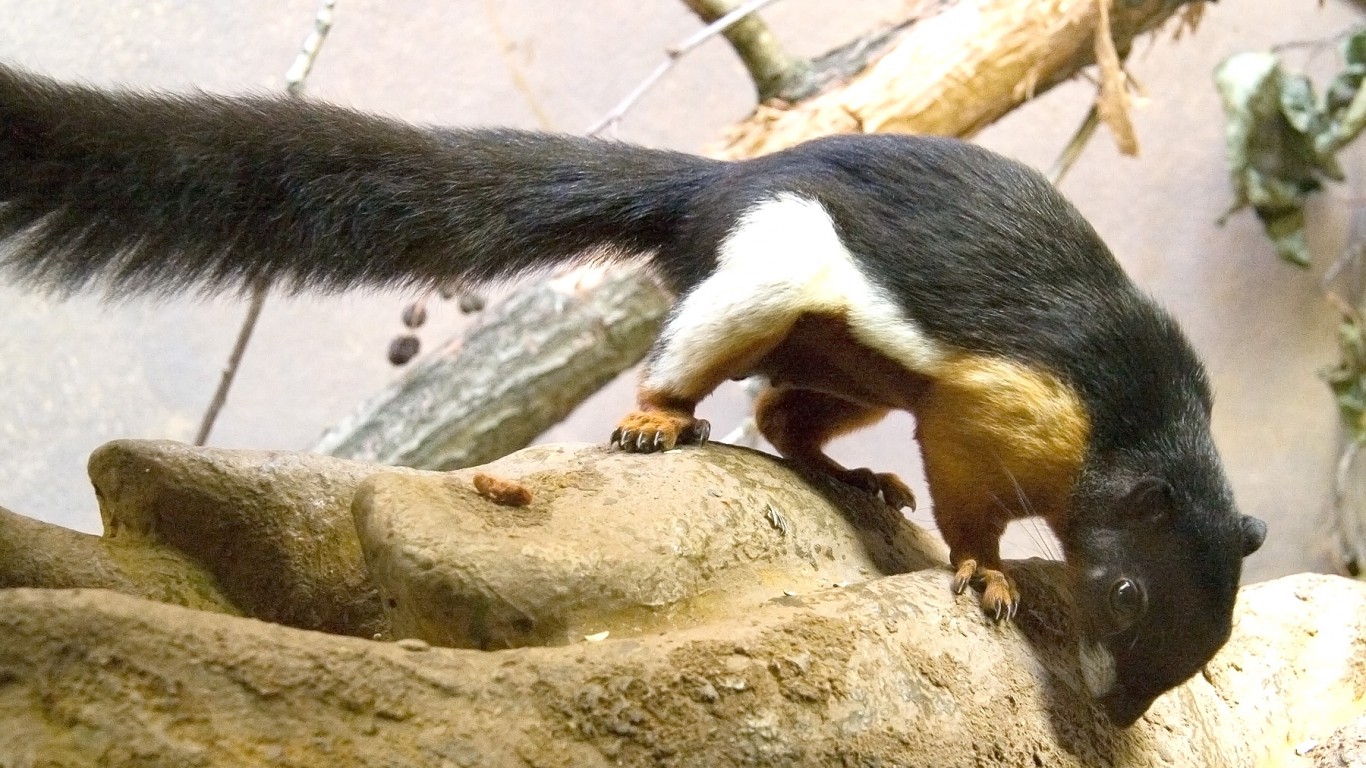
31. Prevost squirrel
> Natural habitat: Thai-Malay Peninsula, Sumatra, and Borneo
[in-text-ad]
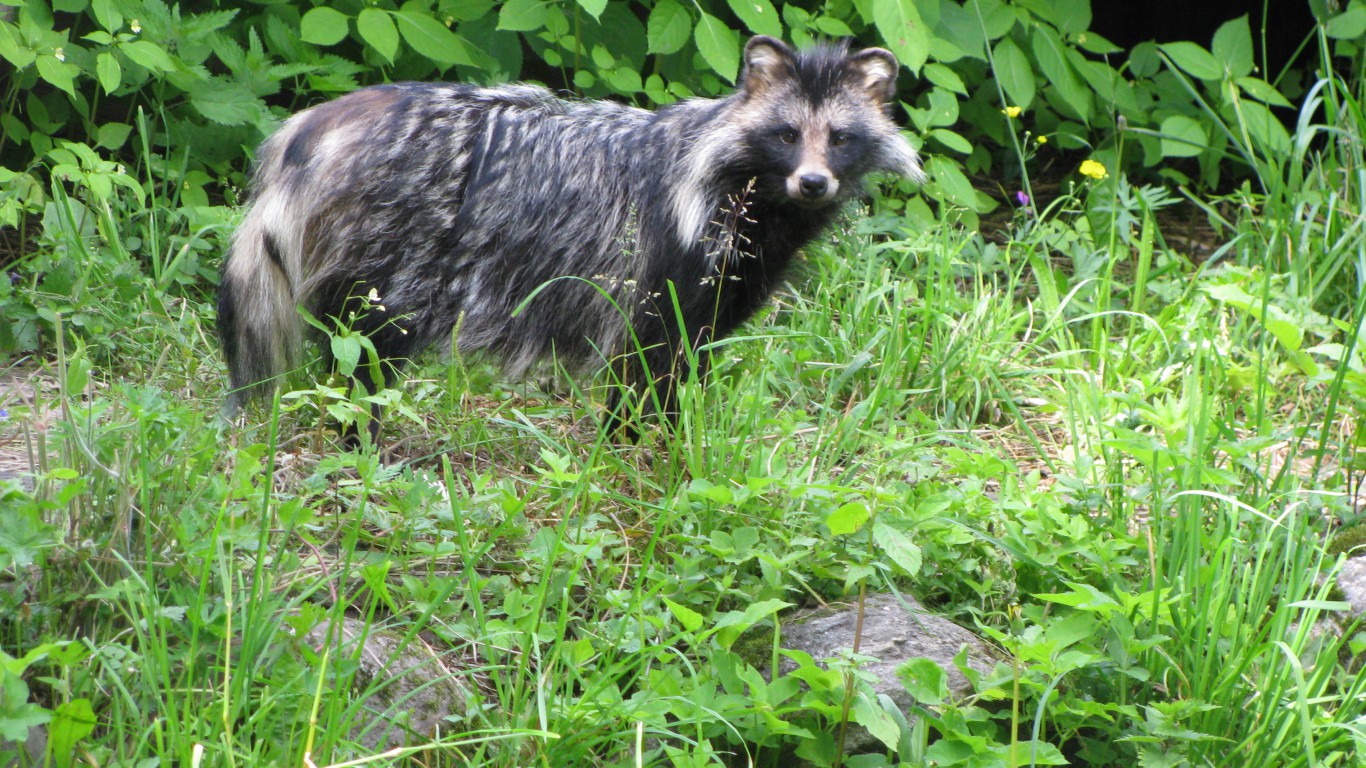
32. Raccoon dog
> Natural habitat: Eastern Asia and Europe
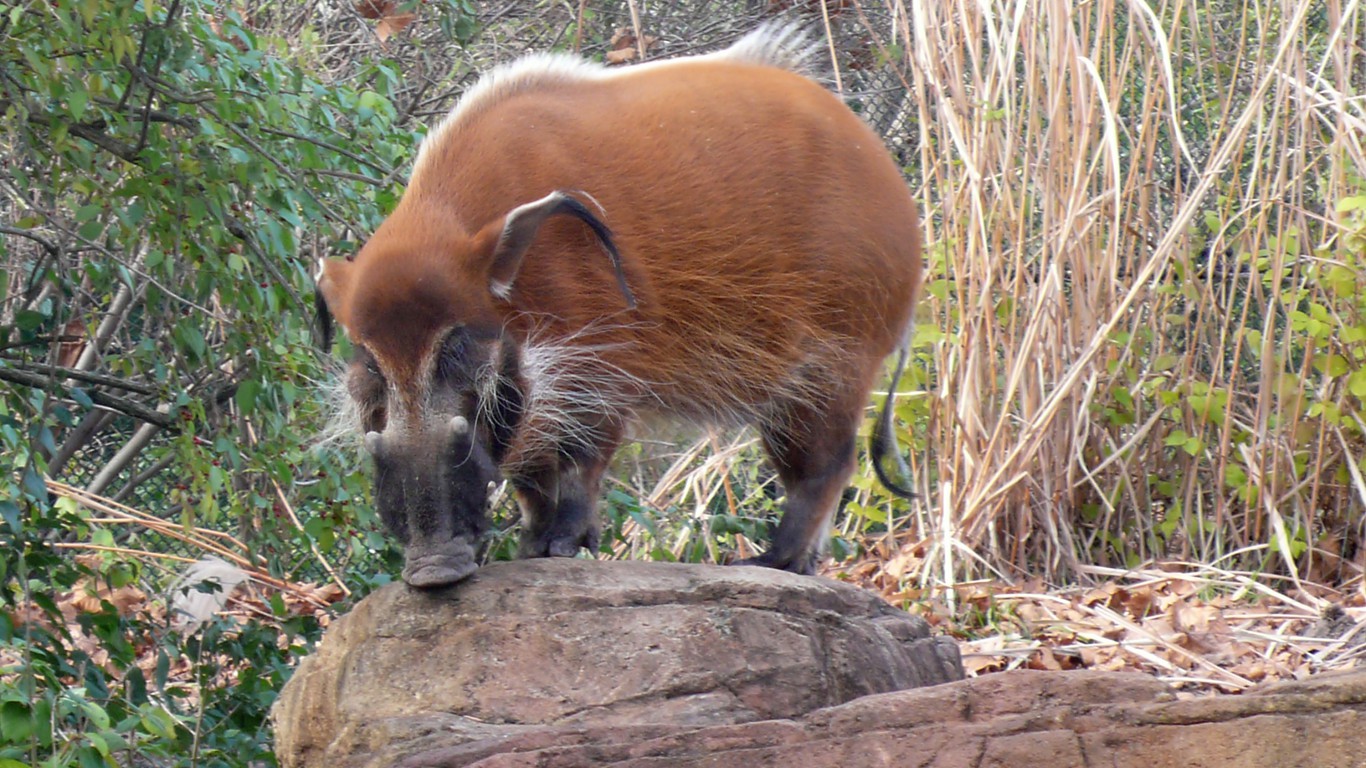
33. Red river hog
> Natural habitat: Senegal, Guinea-Congo forest, and Congo
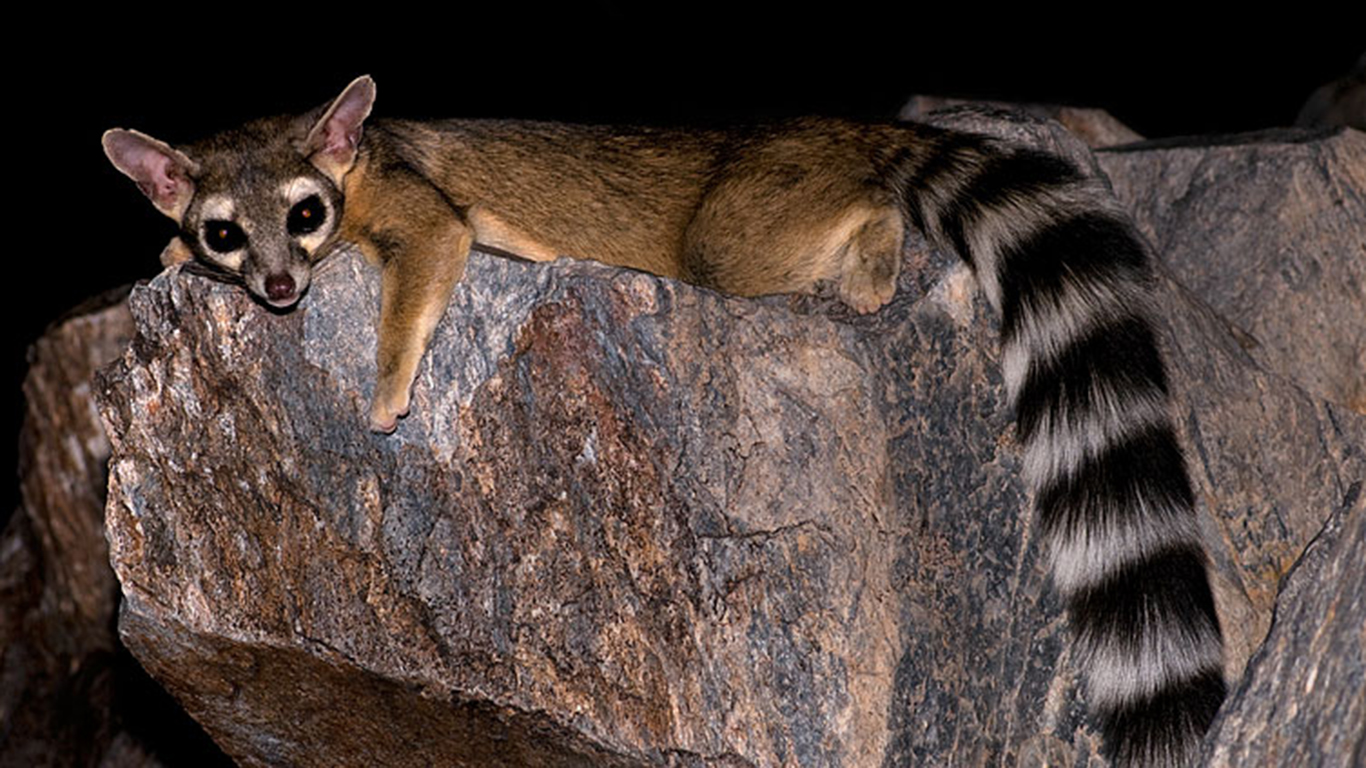
34. Ring-tailed cat
> Natural habitat: North America
[in-text-ad-2]

35. Sea apple
> Natural habitat: Indian Ocean and the western part of the Pacific Ocean on coral reefs
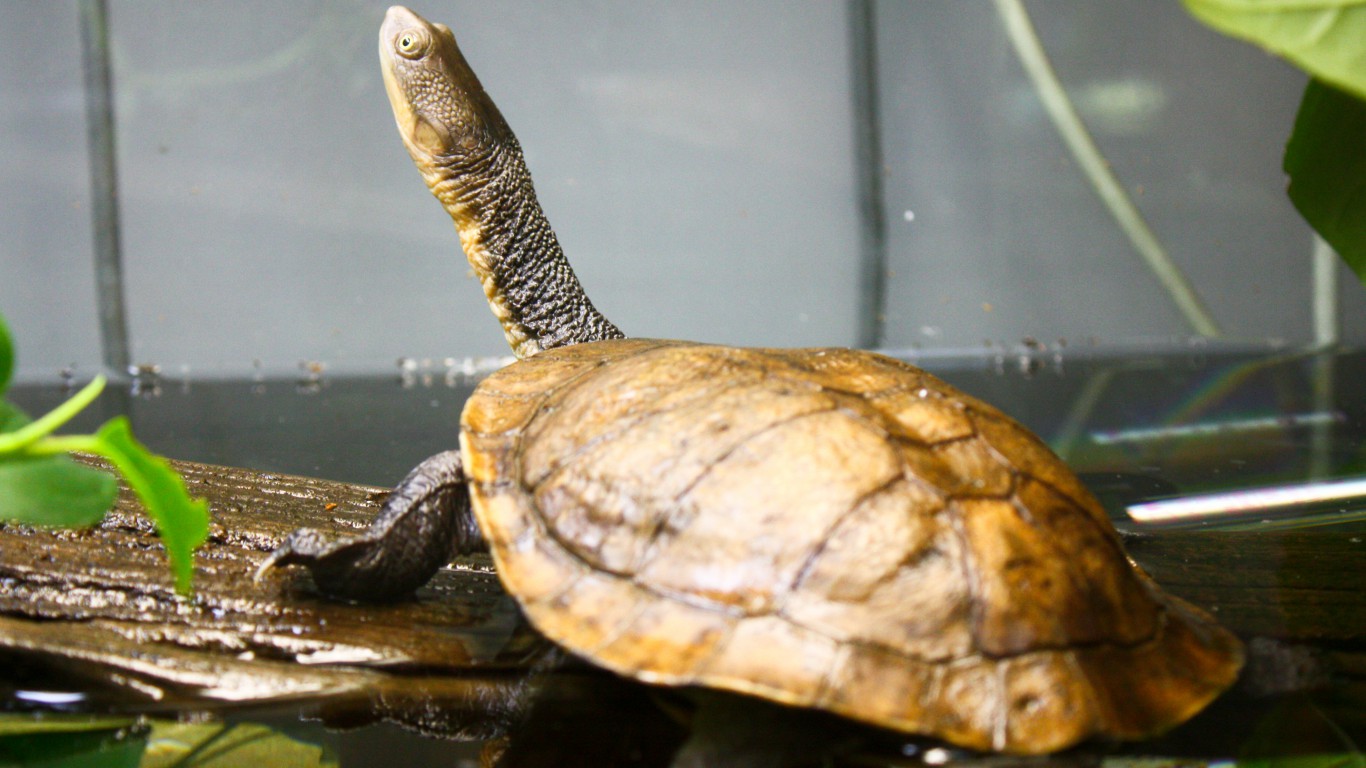
36. Snake-necked turtle
> Natural habitat: Southeastern Australia
[in-text-ad]
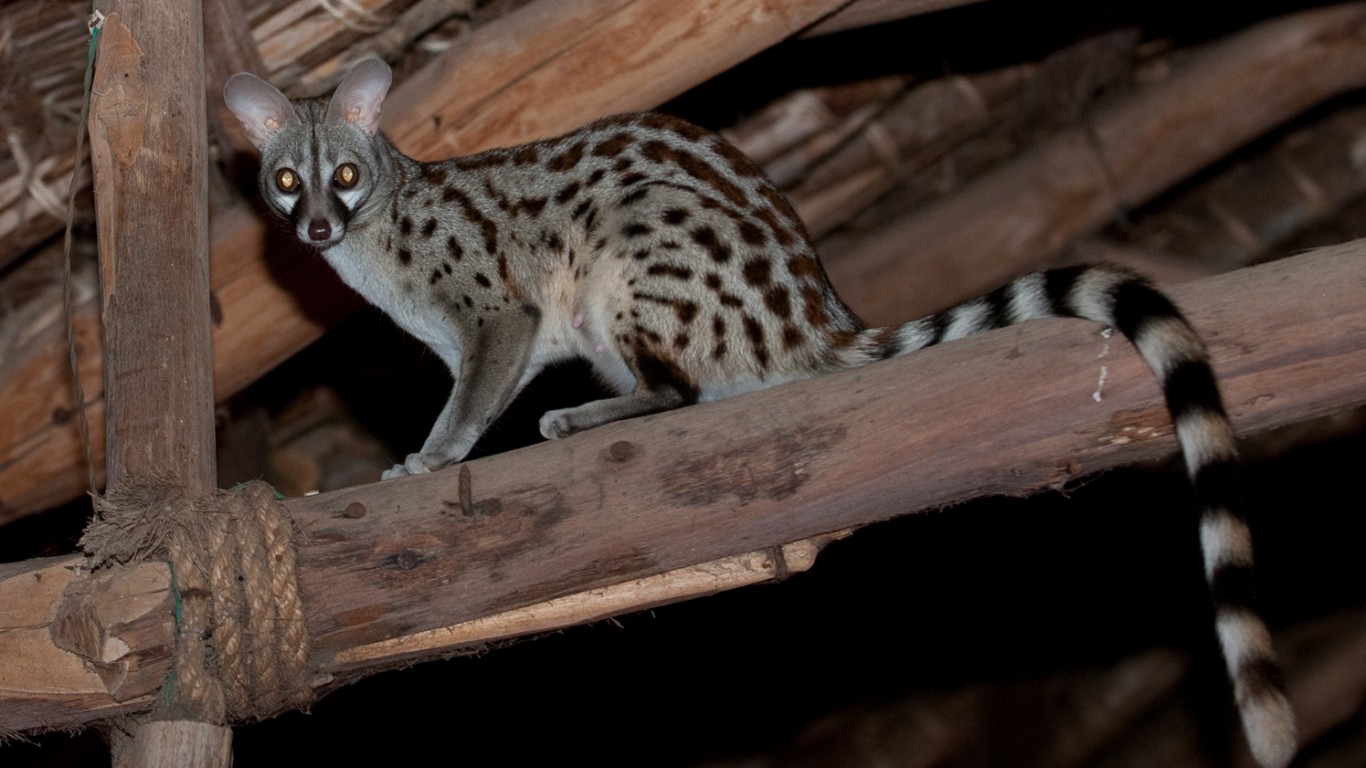
37. Spotted genet
> Natural habitat: Southern Africa
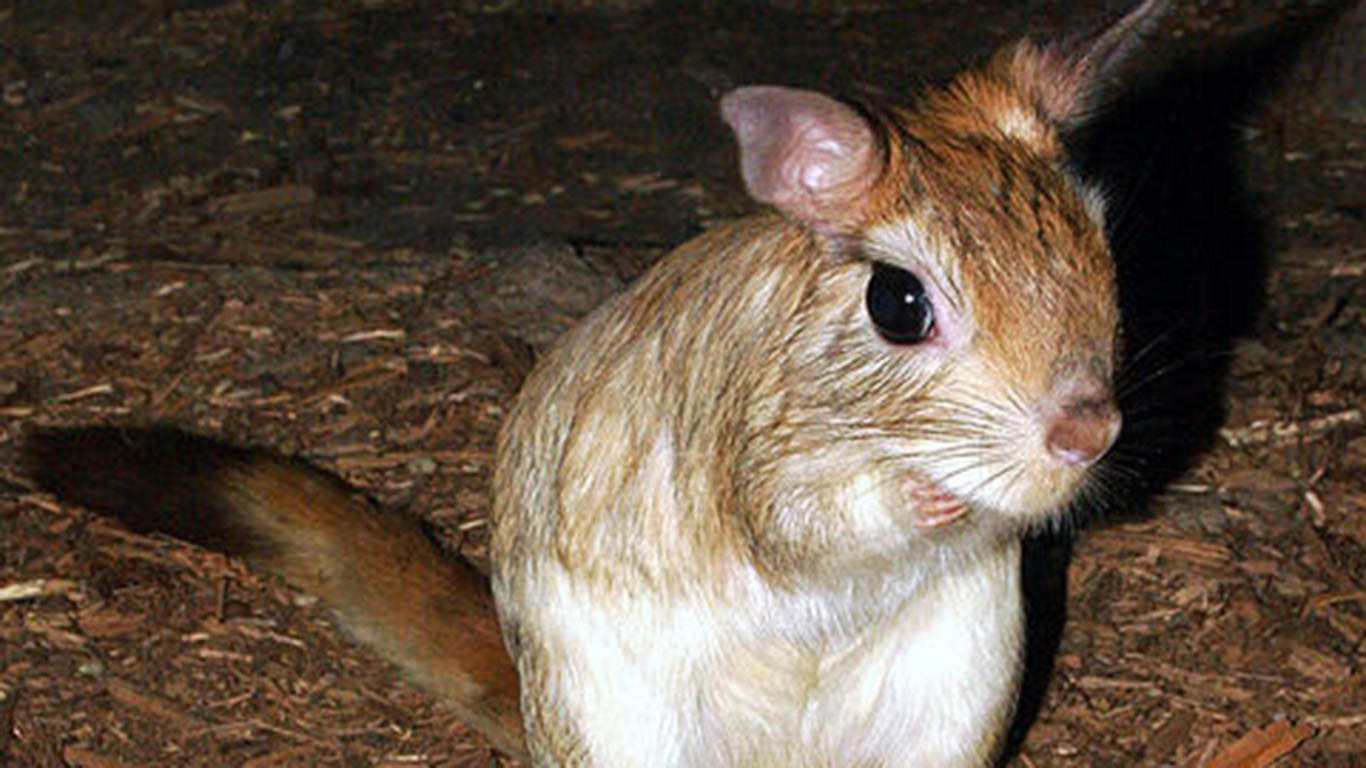
38. Springhaas
> Natural habitat: African savannahs
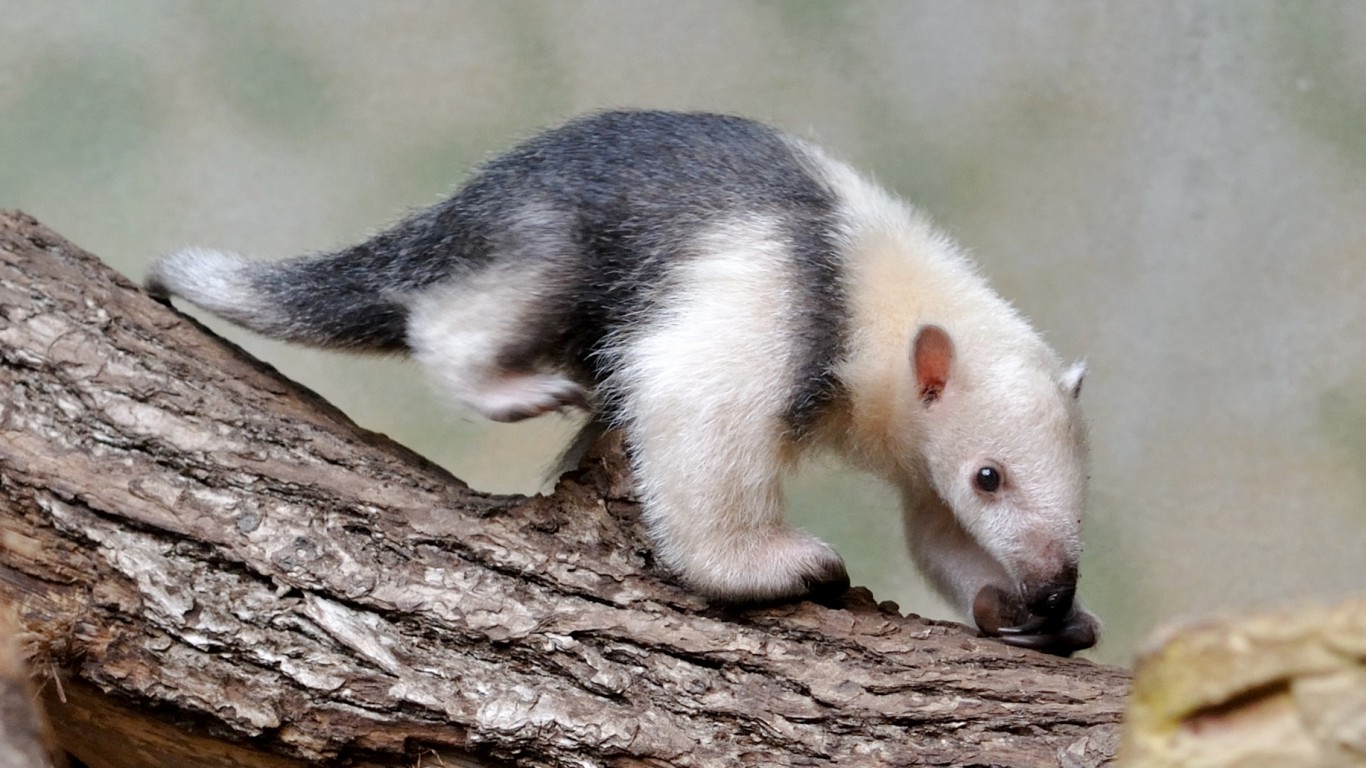
39. Tamandua
> Natural habitat: Central/South America
[in-text-ad-2]

40. Tayra
> Natural habitat: Central/South America
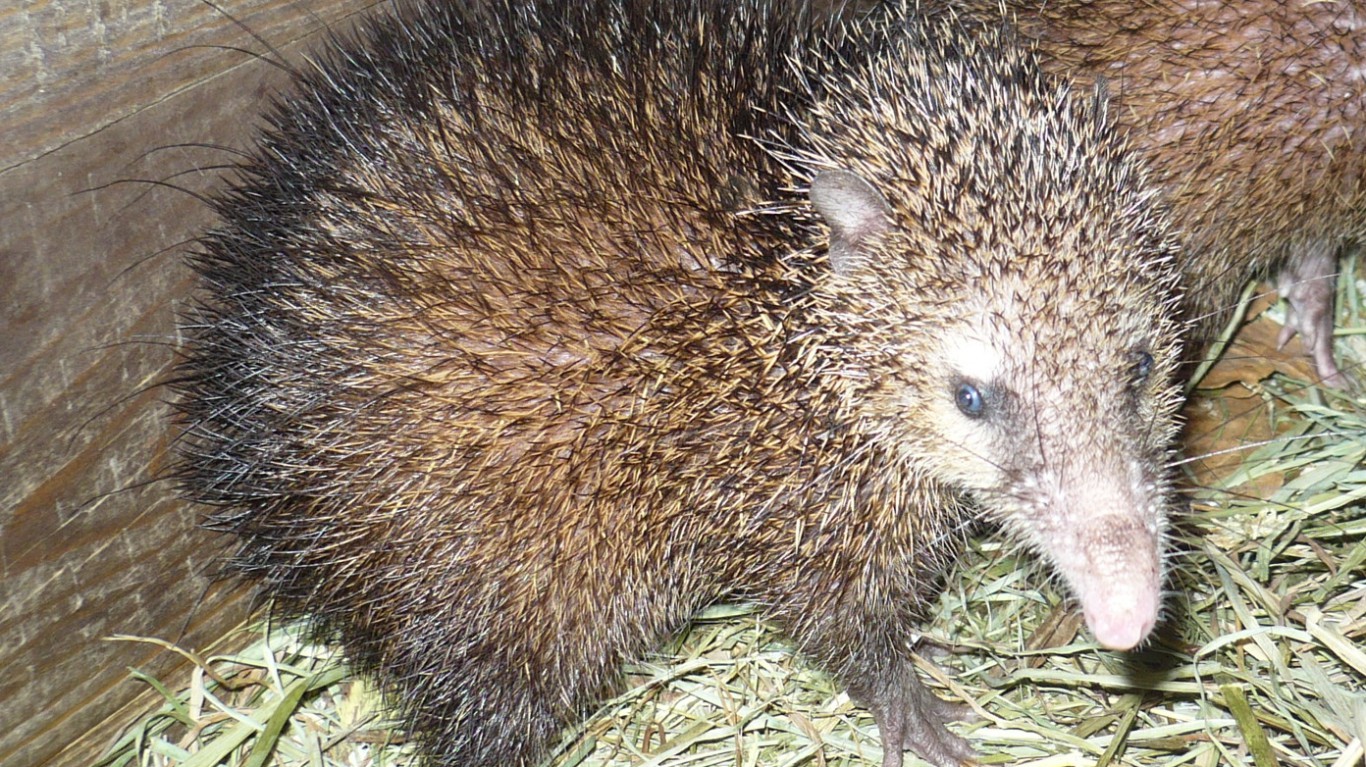
41. Tenrec
> Natural habitat: Madagascar
[in-text-ad]
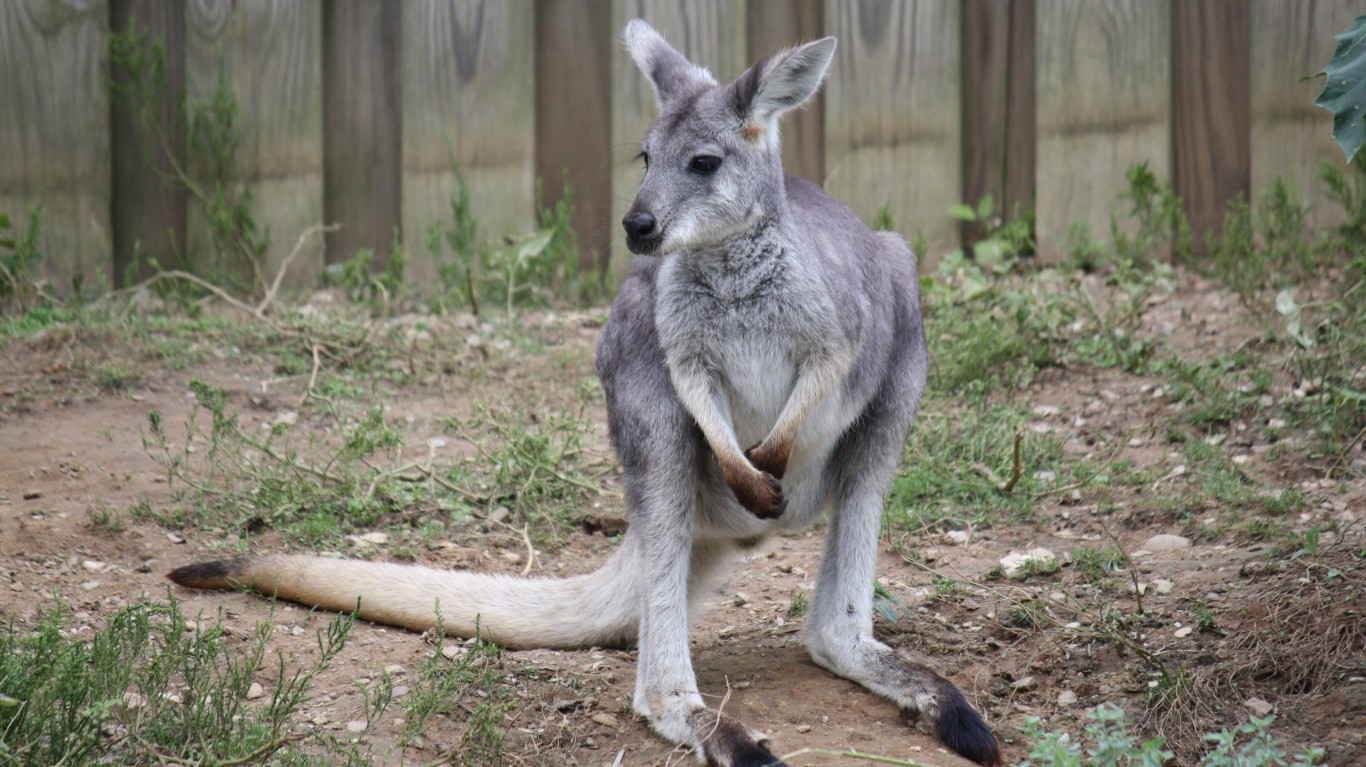
42. Wallaroo
> Natural habitat: Australia

43. Whip scorpion
> Natural habitat: India, Japan, and New Guinea

44. Zorrilla
> Natural habitat: Africa
The thought of burdening your family with a financial disaster is most Americans’ nightmare. However, recent studies show that over 100 million Americans still don’t have proper life insurance in the event they pass away.
Life insurance can bring peace of mind – ensuring your loved ones are safeguarded against unforeseen expenses and debts. With premiums often lower than expected and a variety of plans tailored to different life stages and health conditions, securing a policy is more accessible than ever.
A quick, no-obligation quote can provide valuable insight into what’s available and what might best suit your family’s needs. Life insurance is a simple step you can take today to help secure peace of mind for your loved ones tomorrow.
Click here to learn how to get a quote in just a few minutes.
Thank you for reading! Have some feedback for us?
Contact the 24/7 Wall St. editorial team.